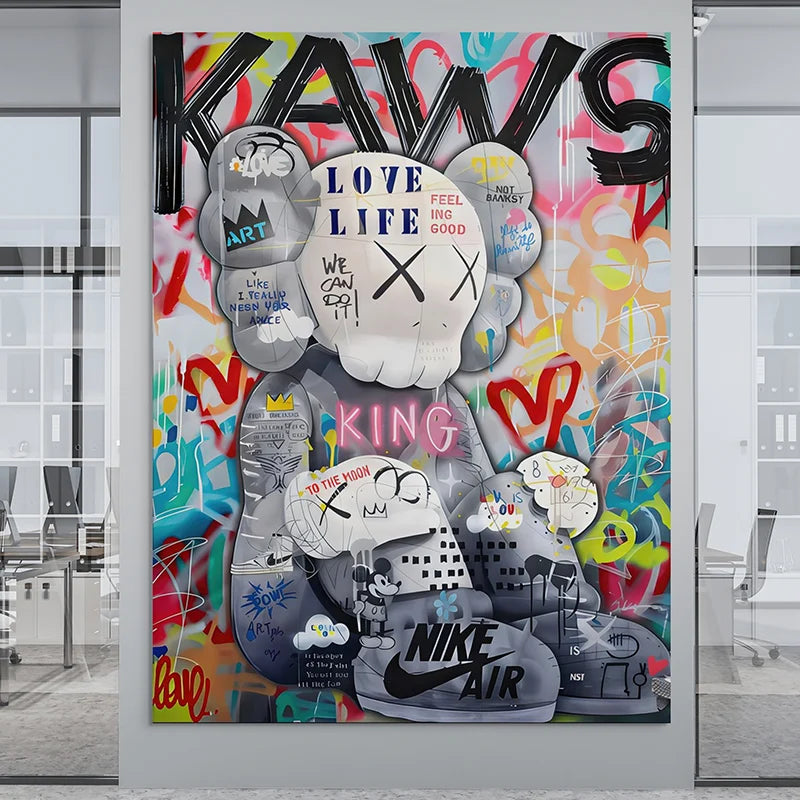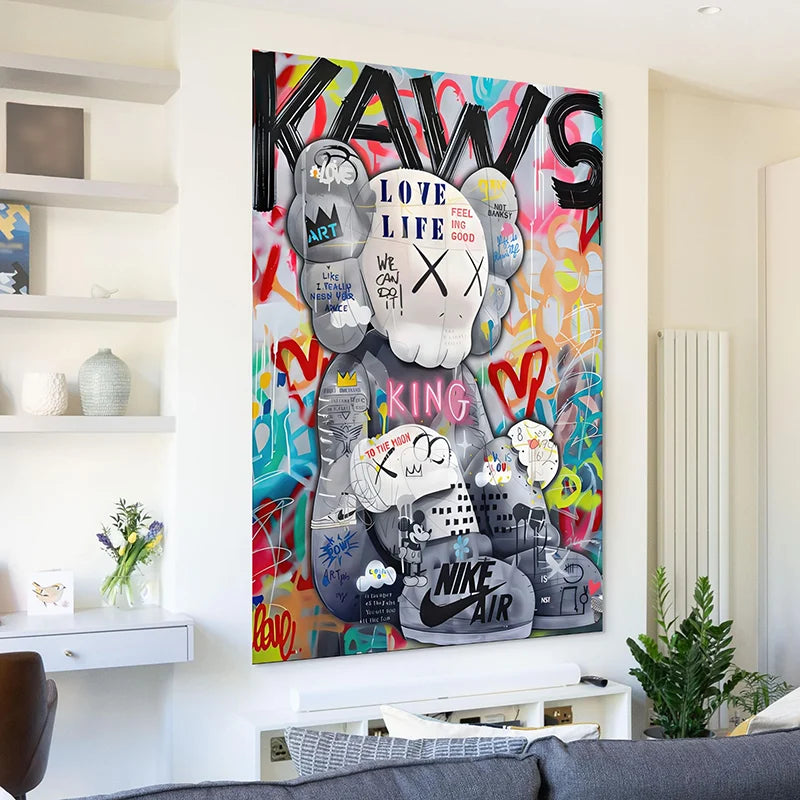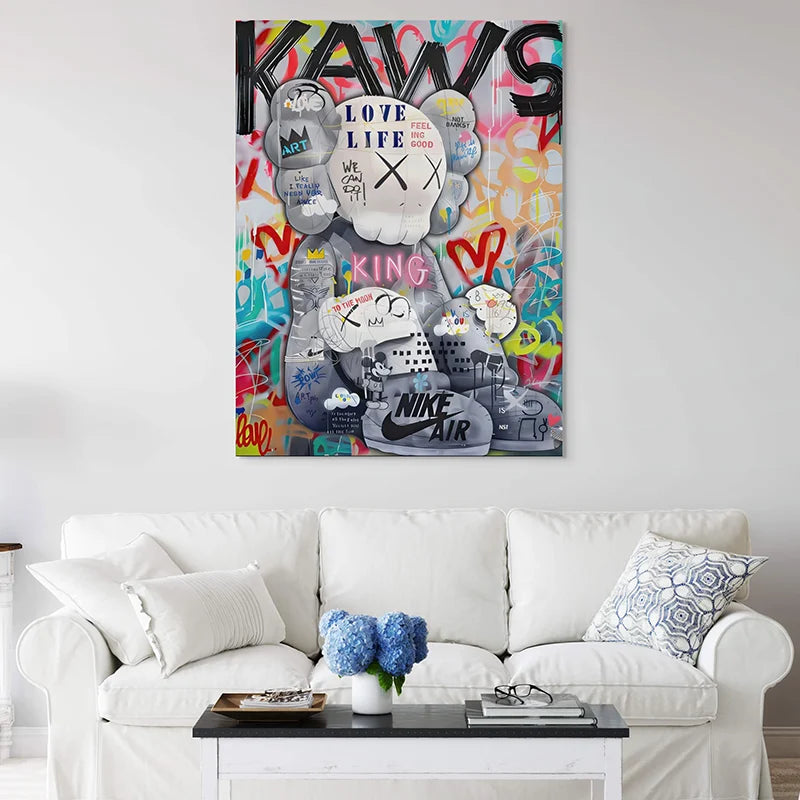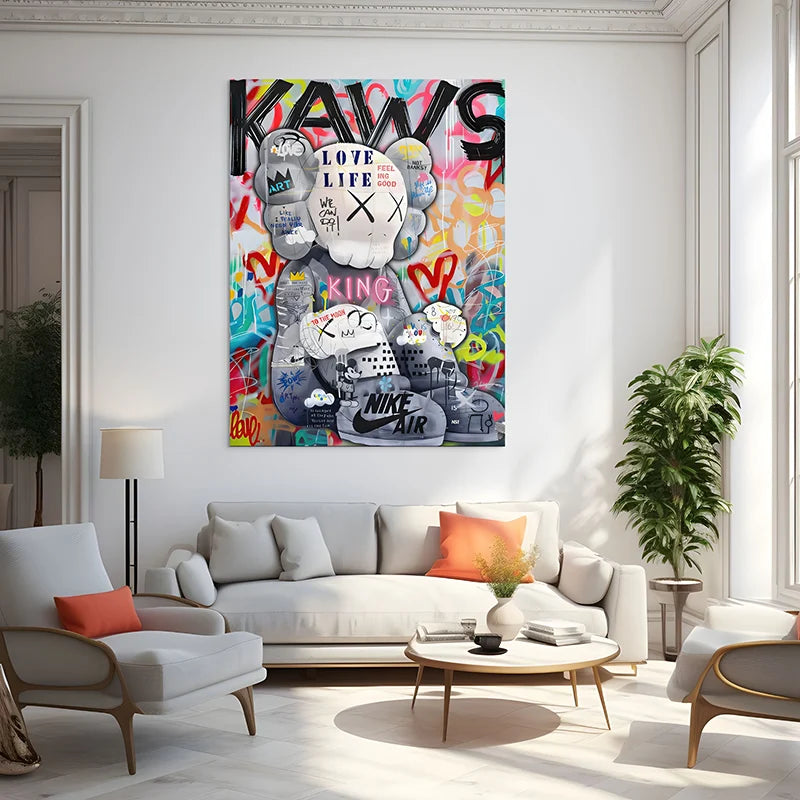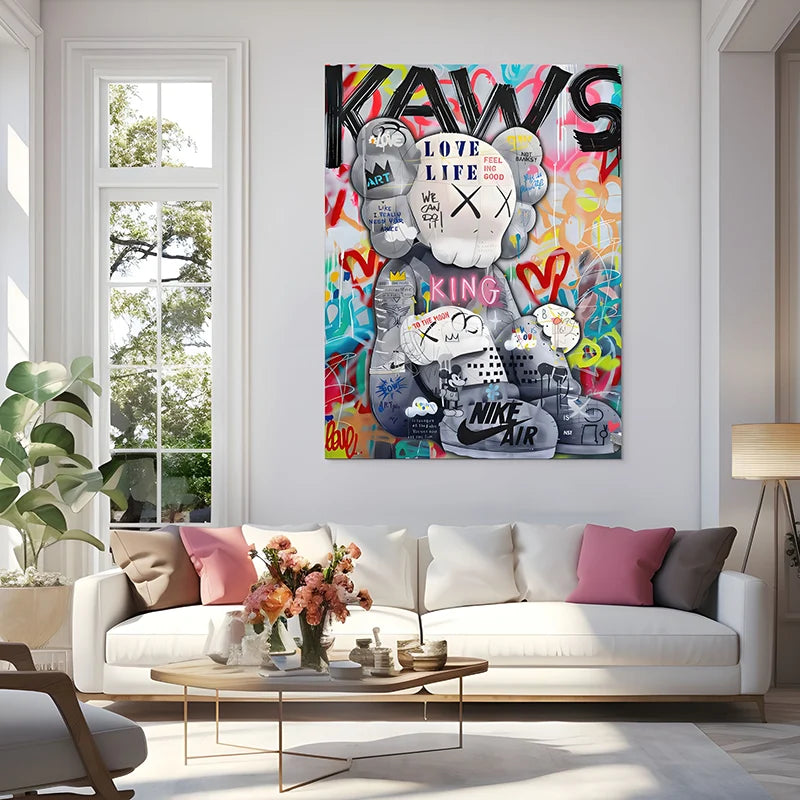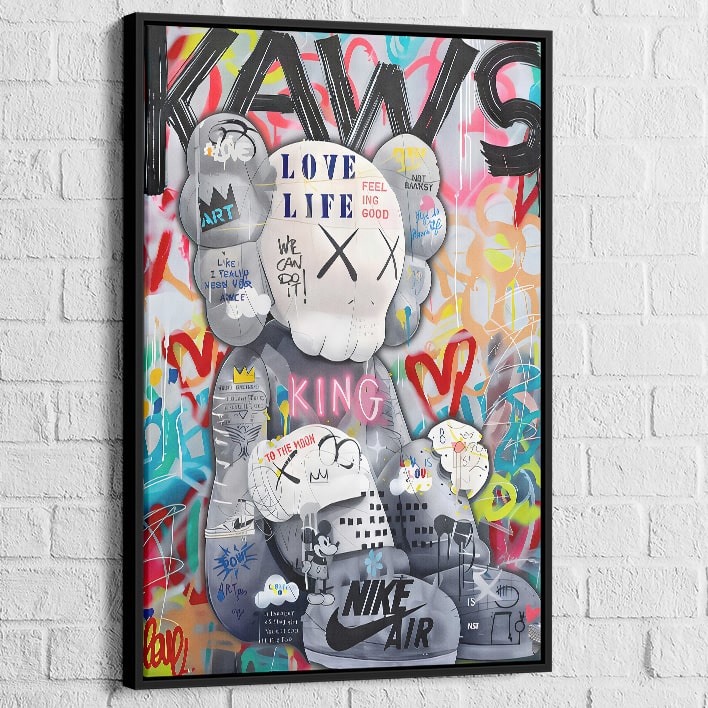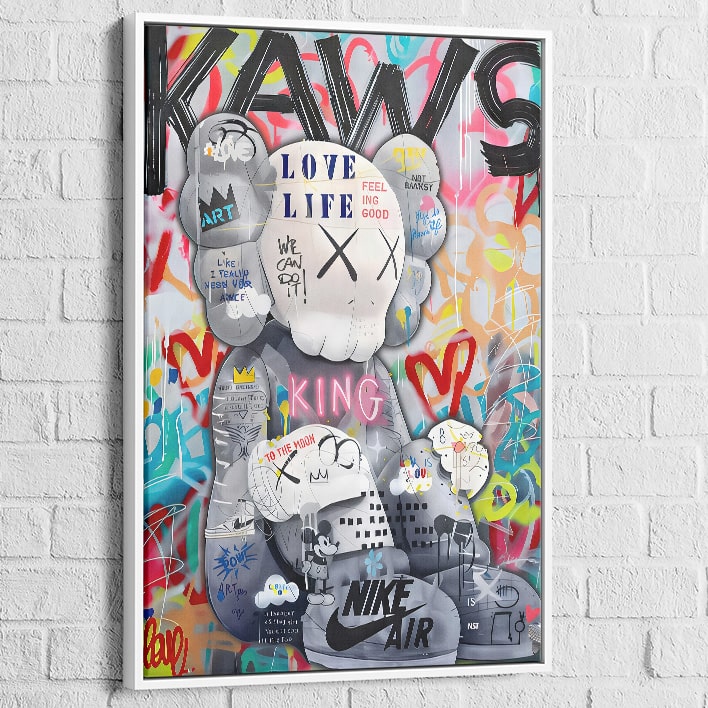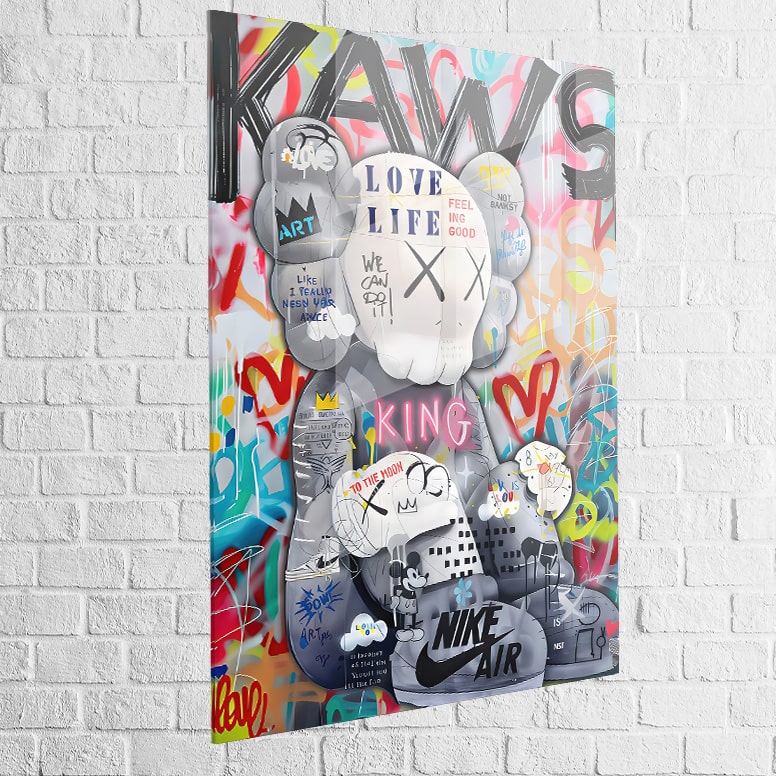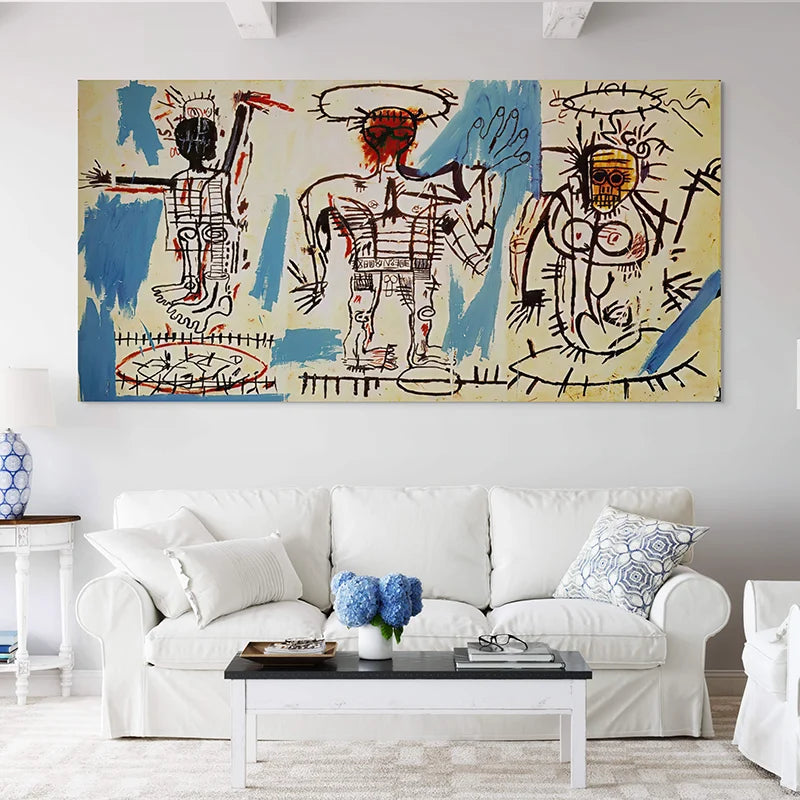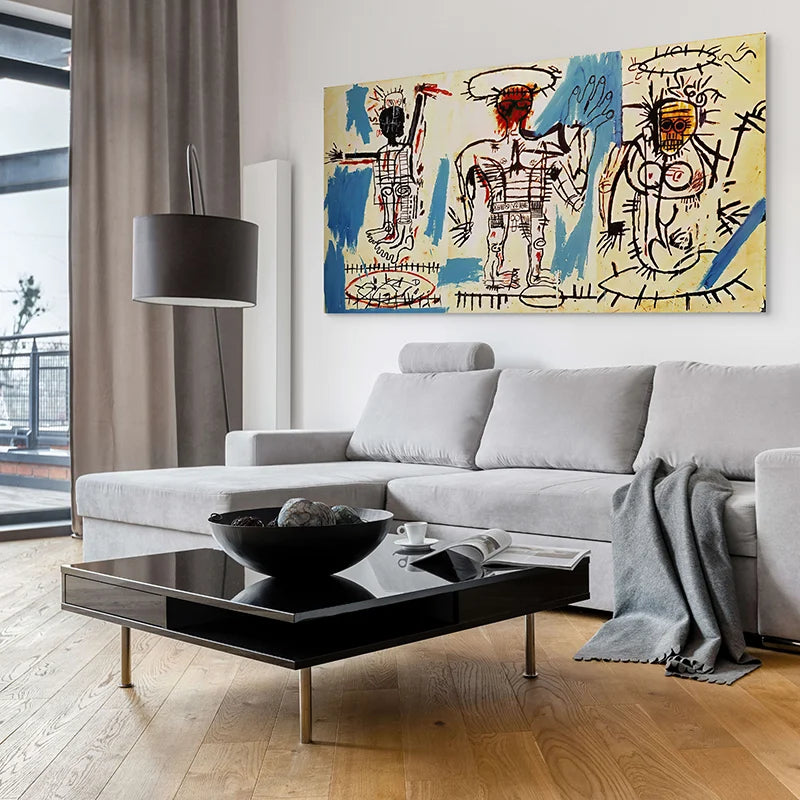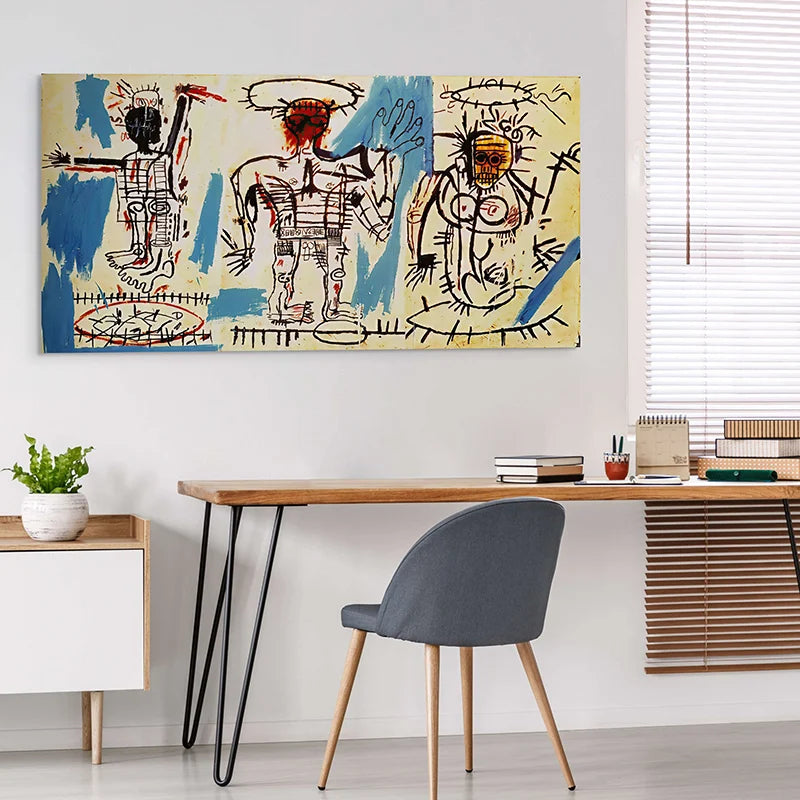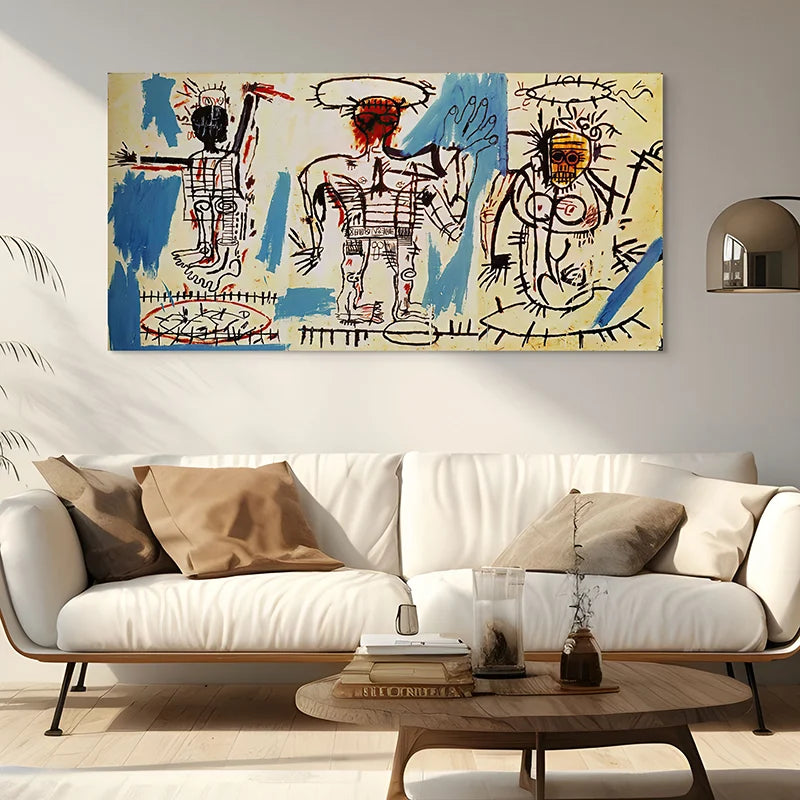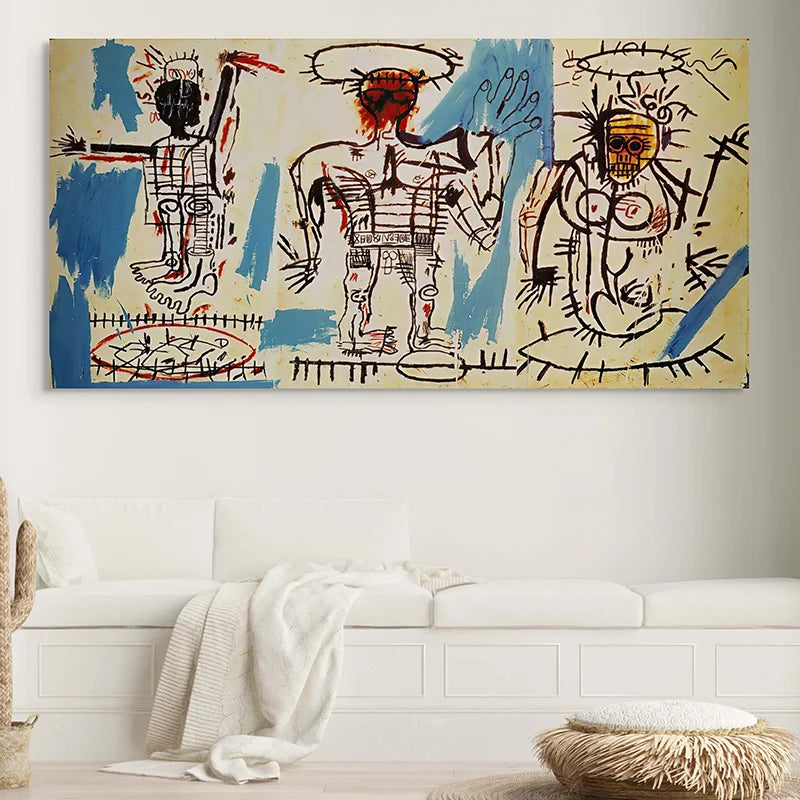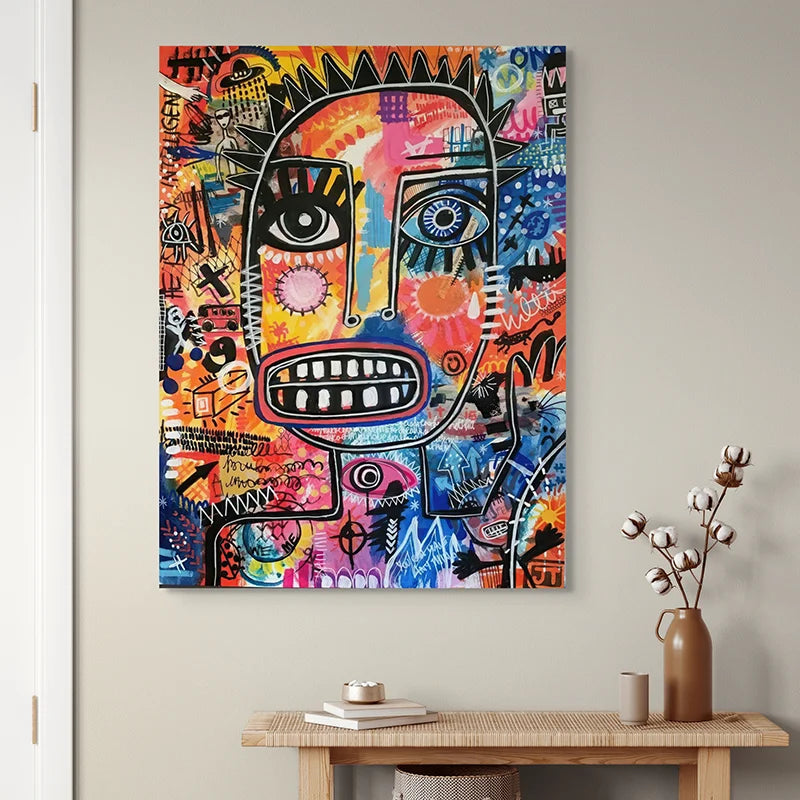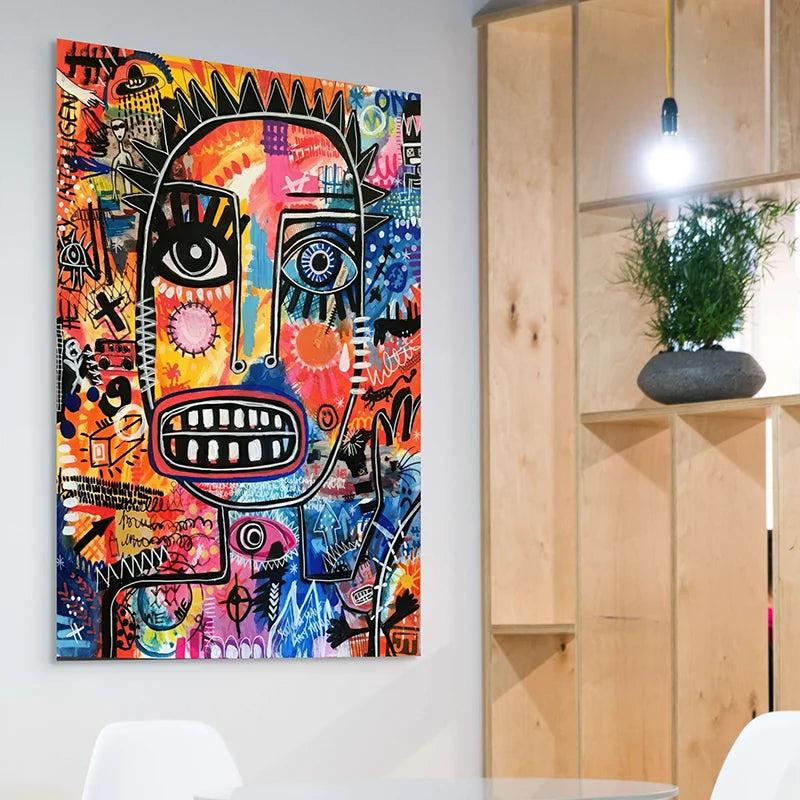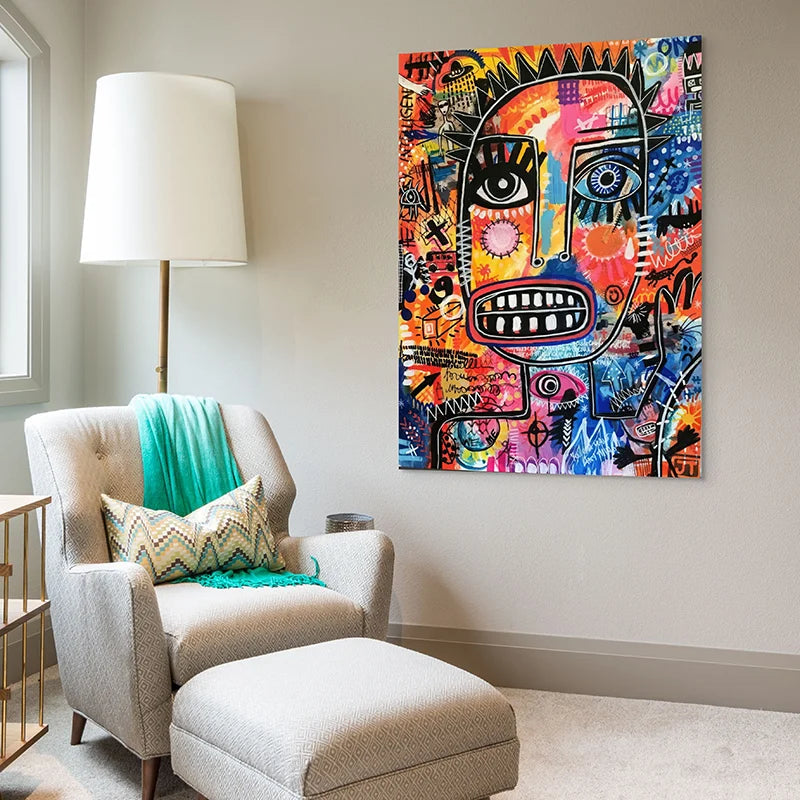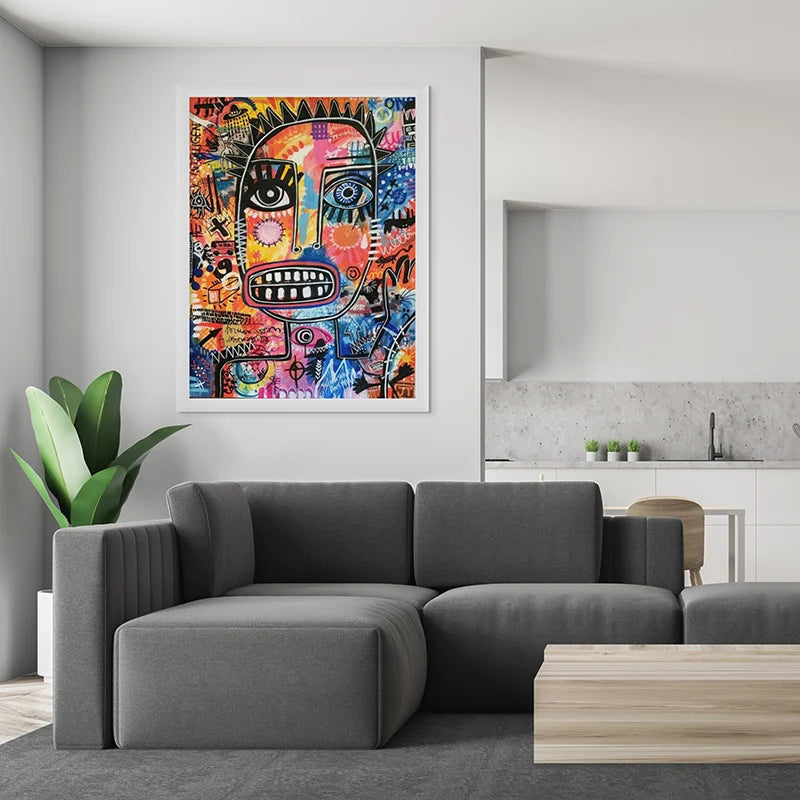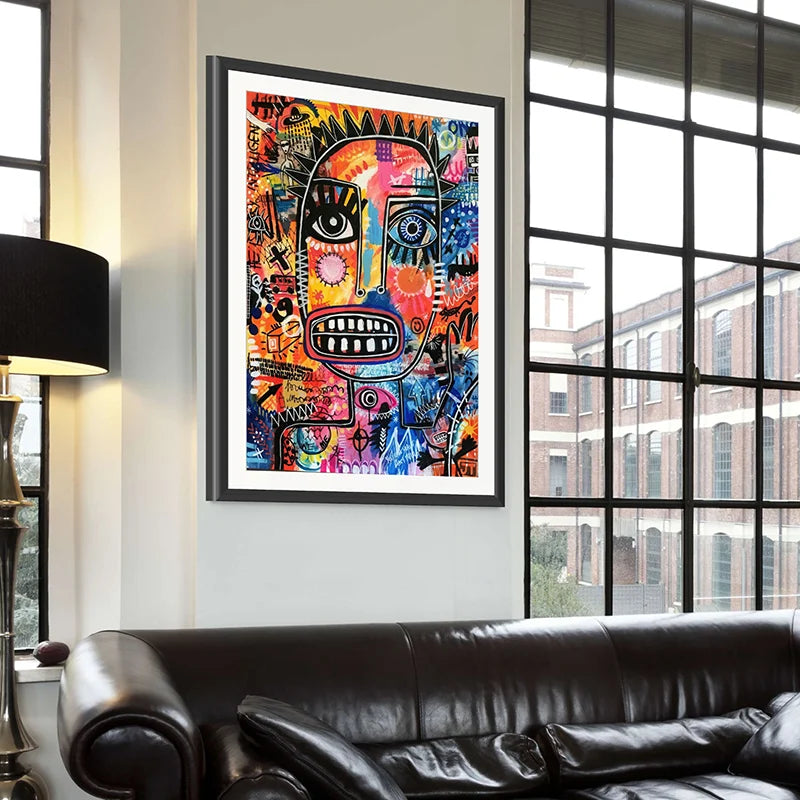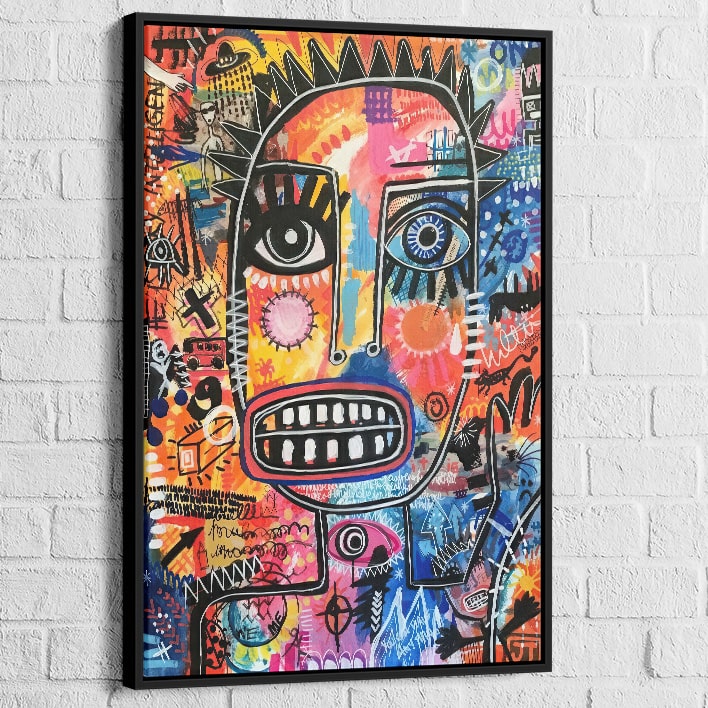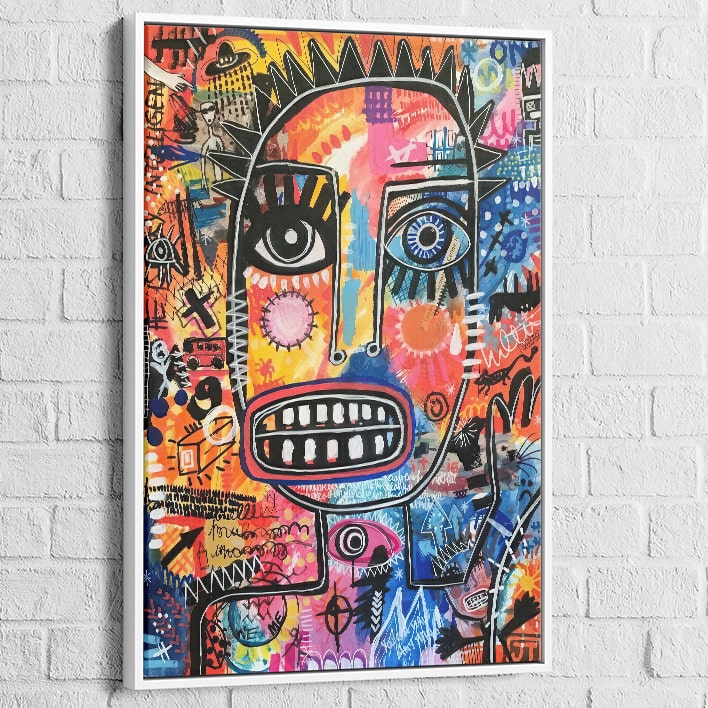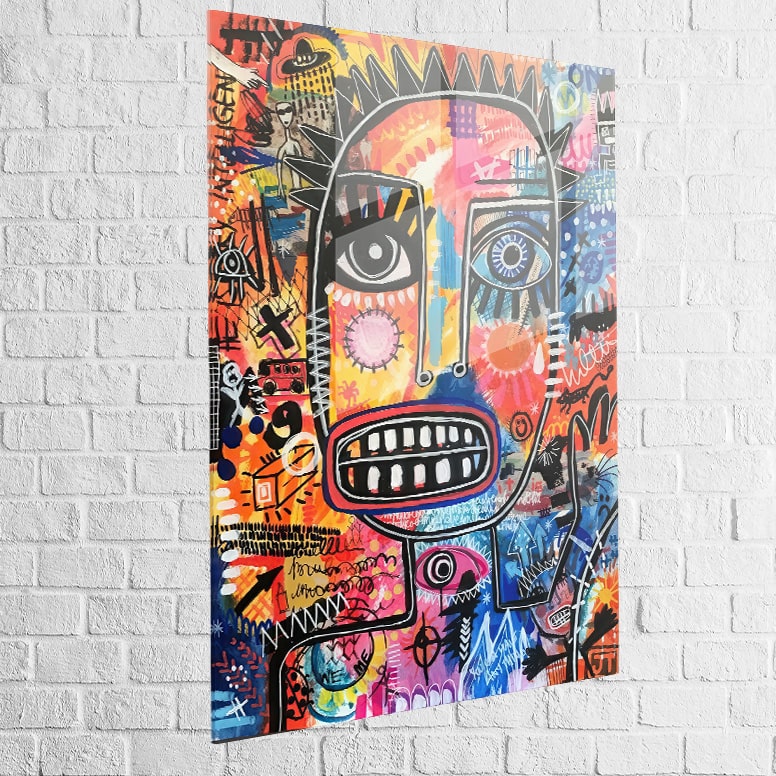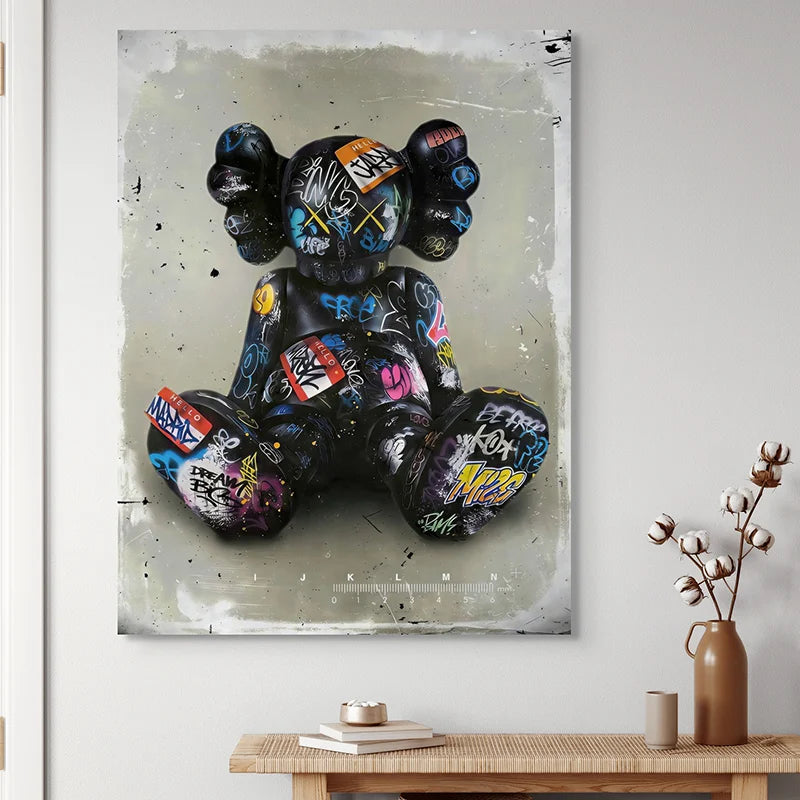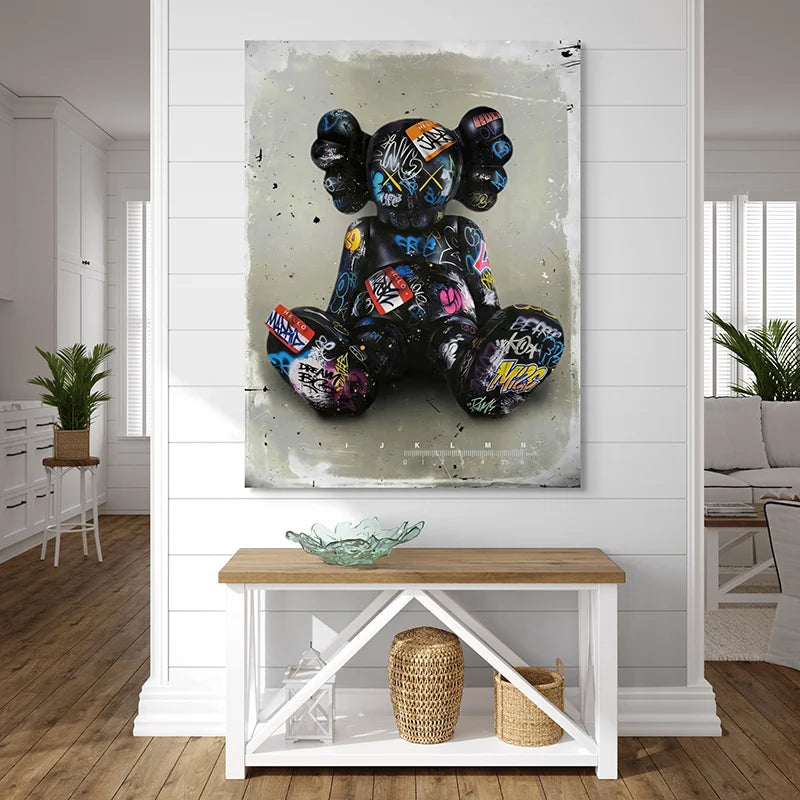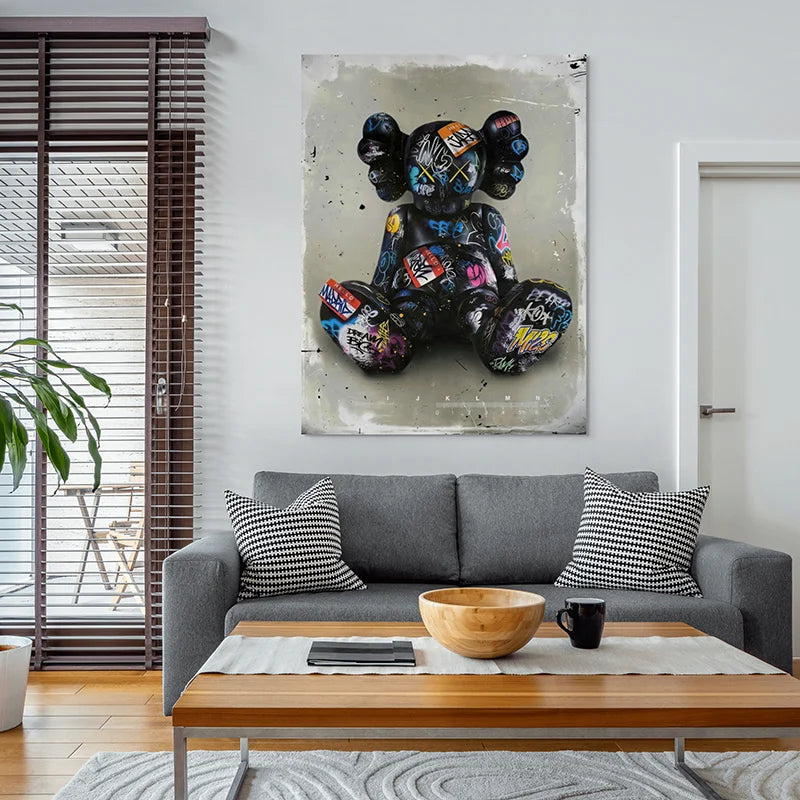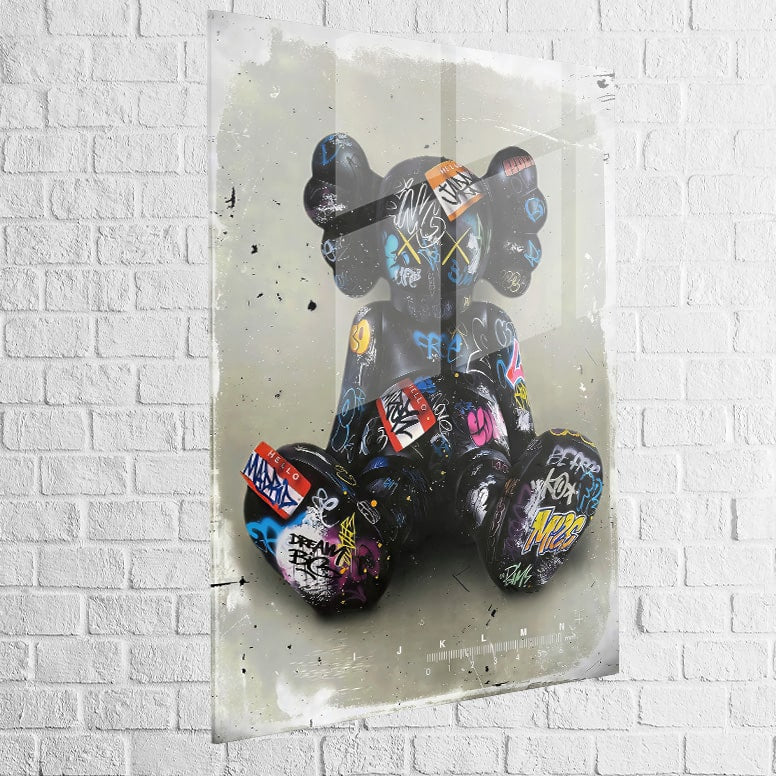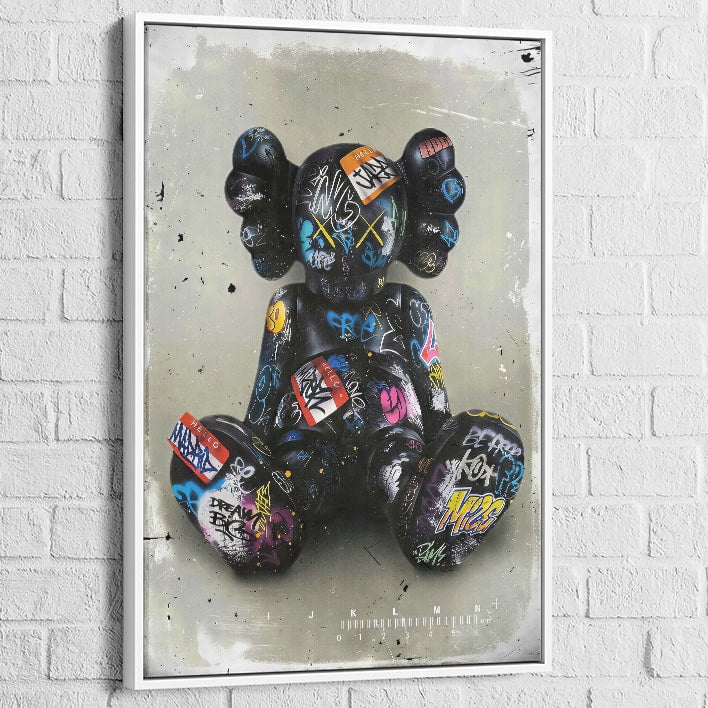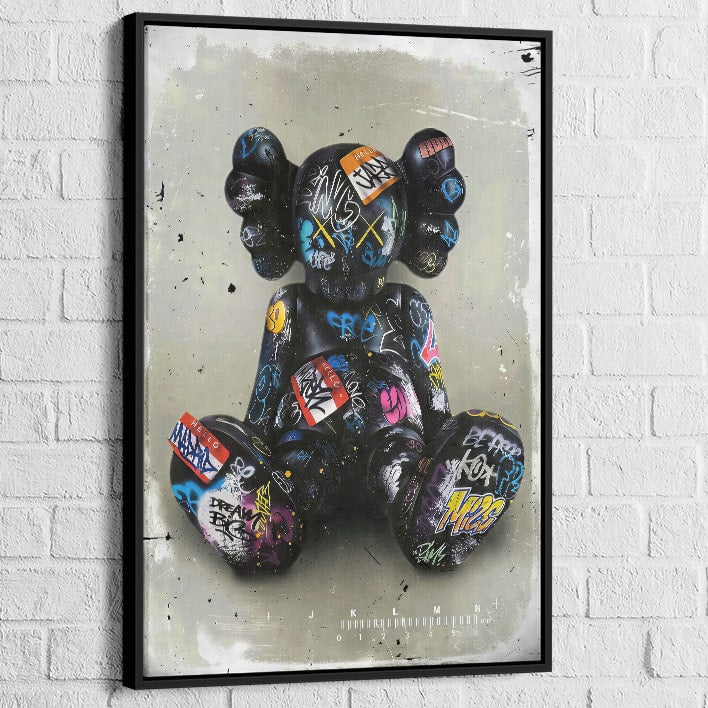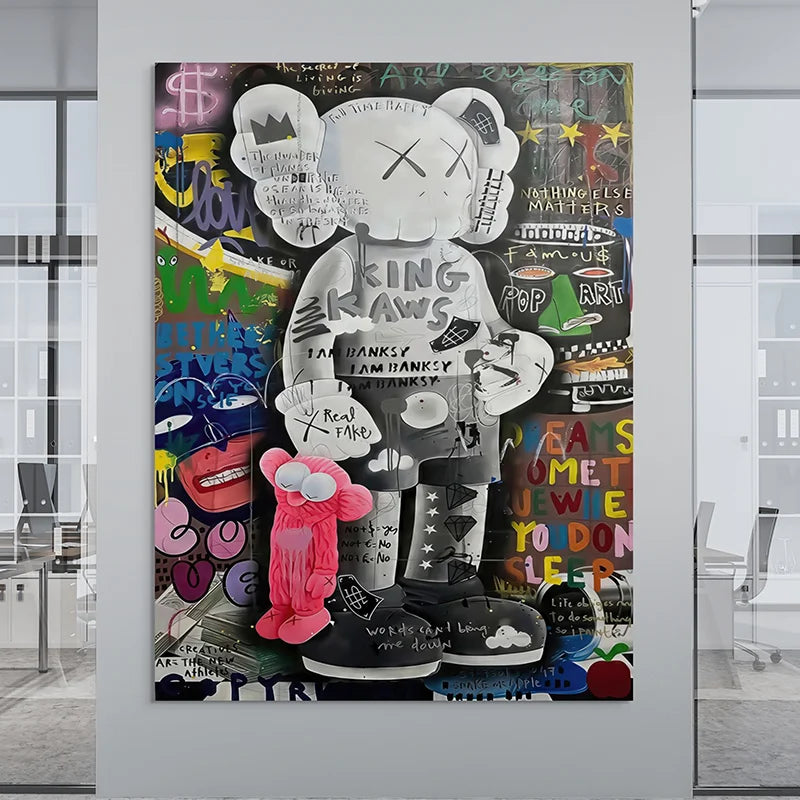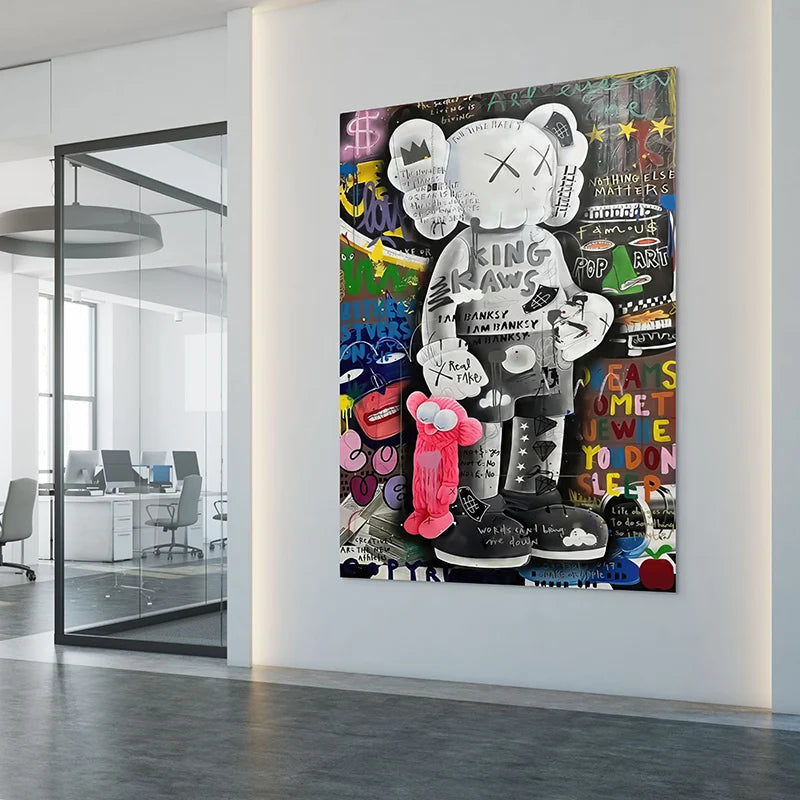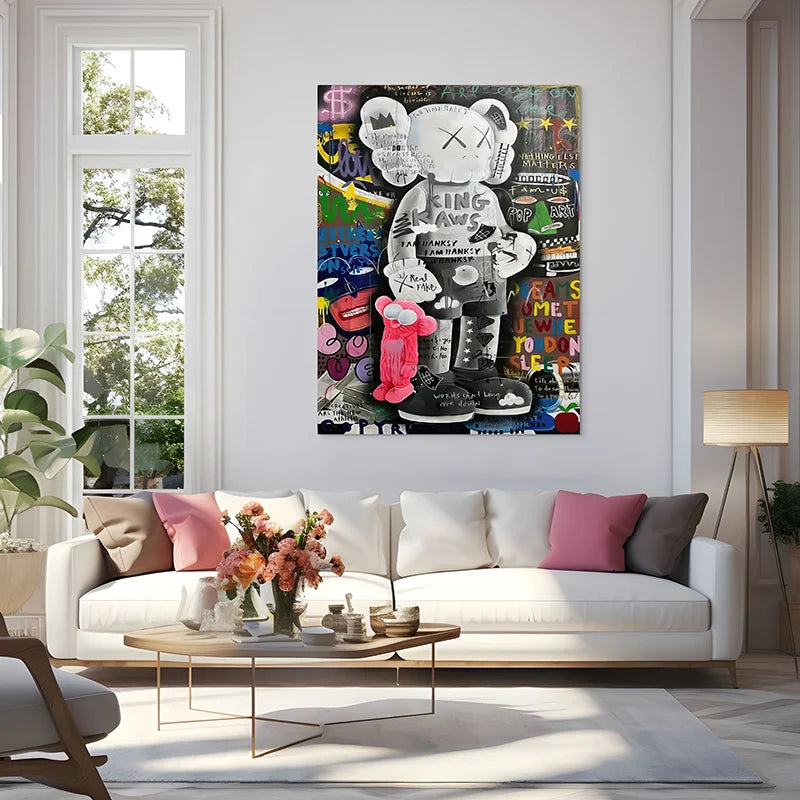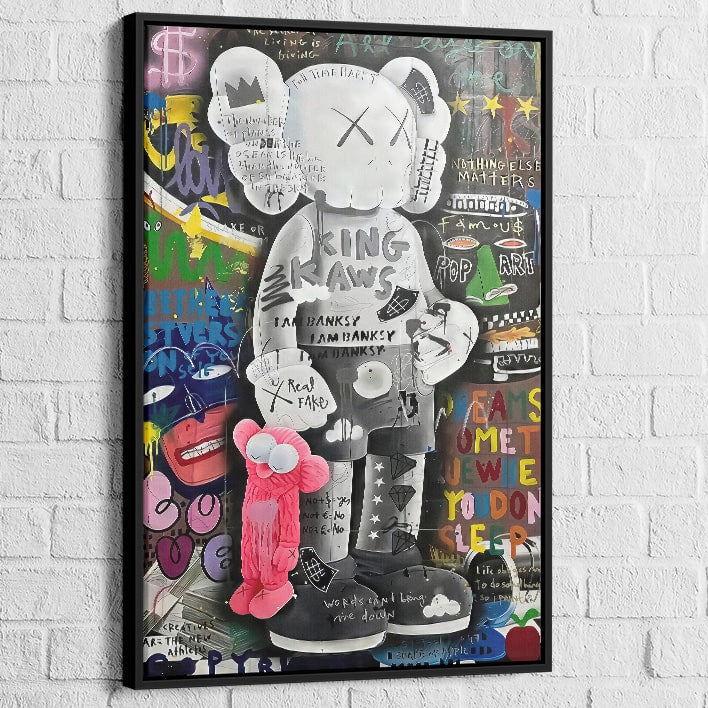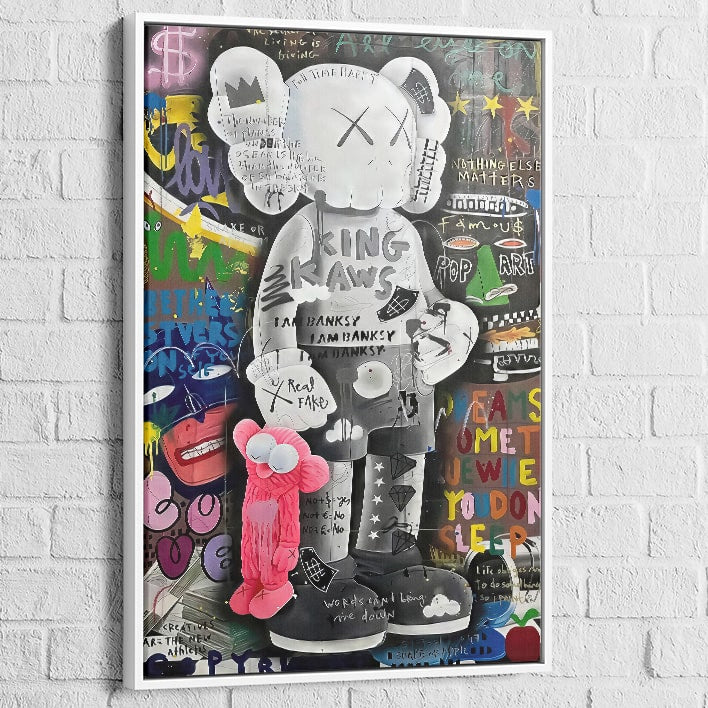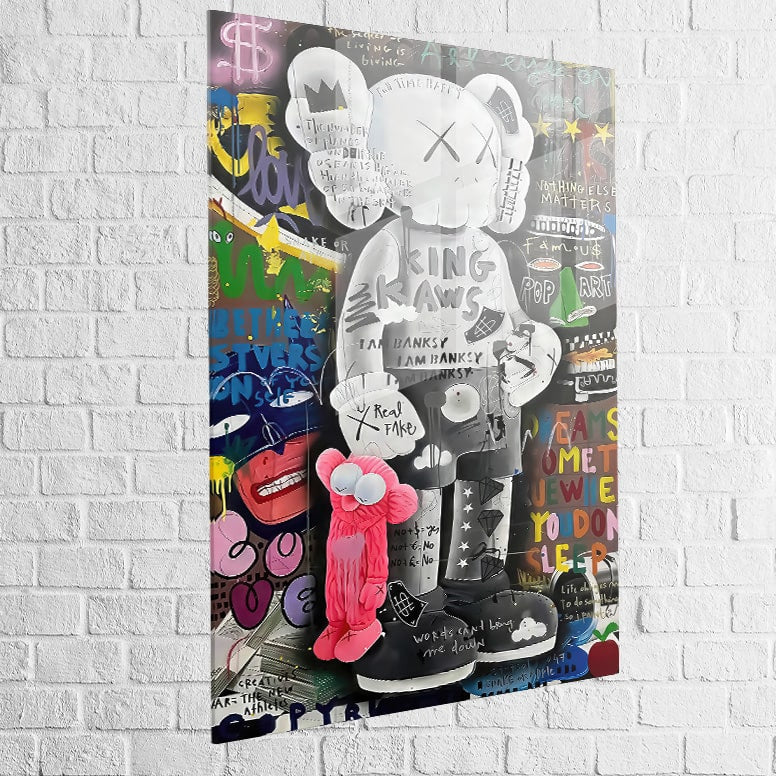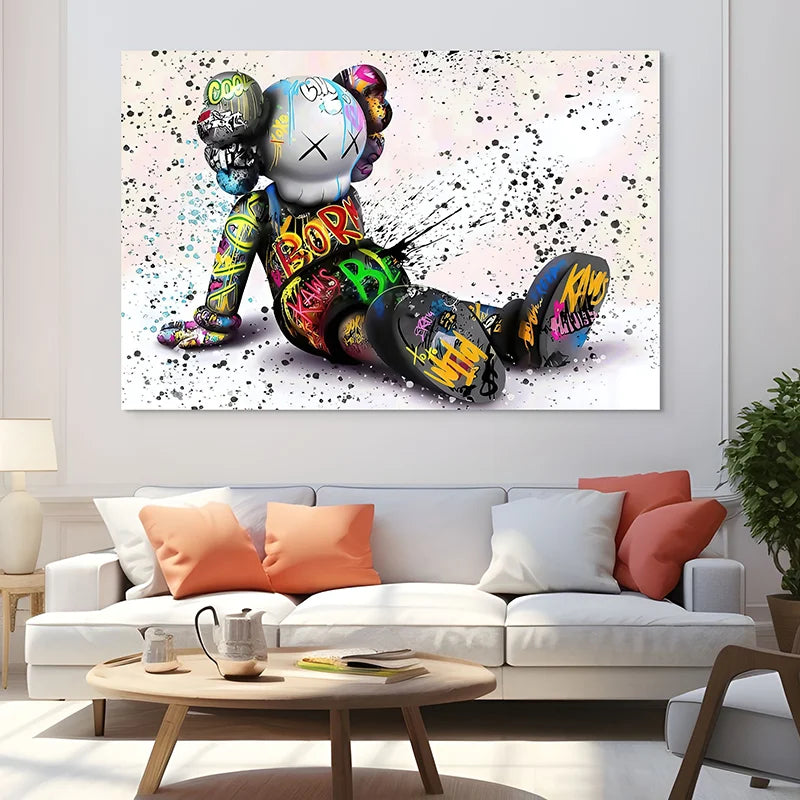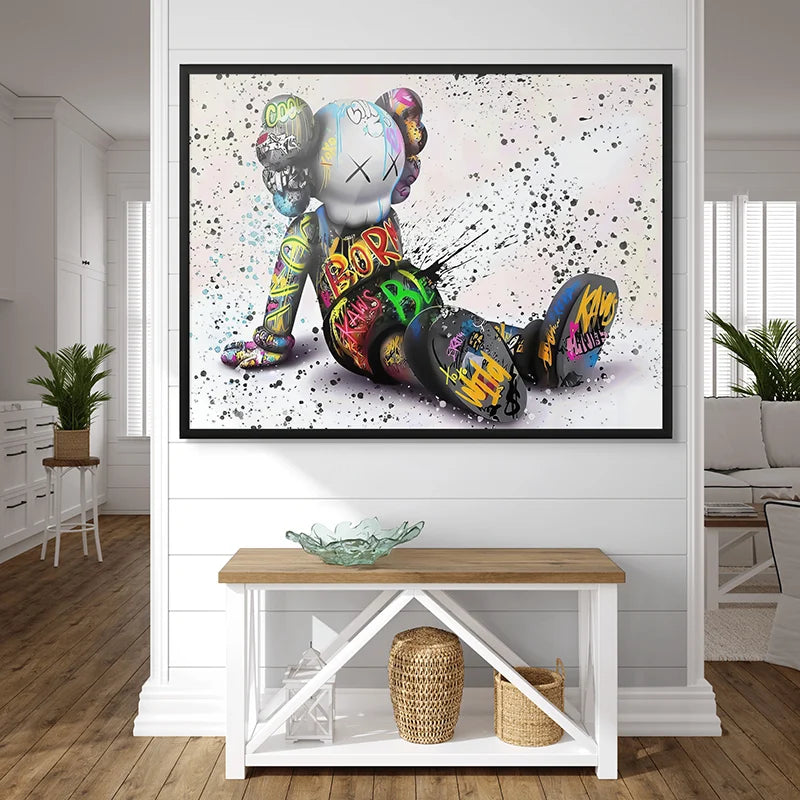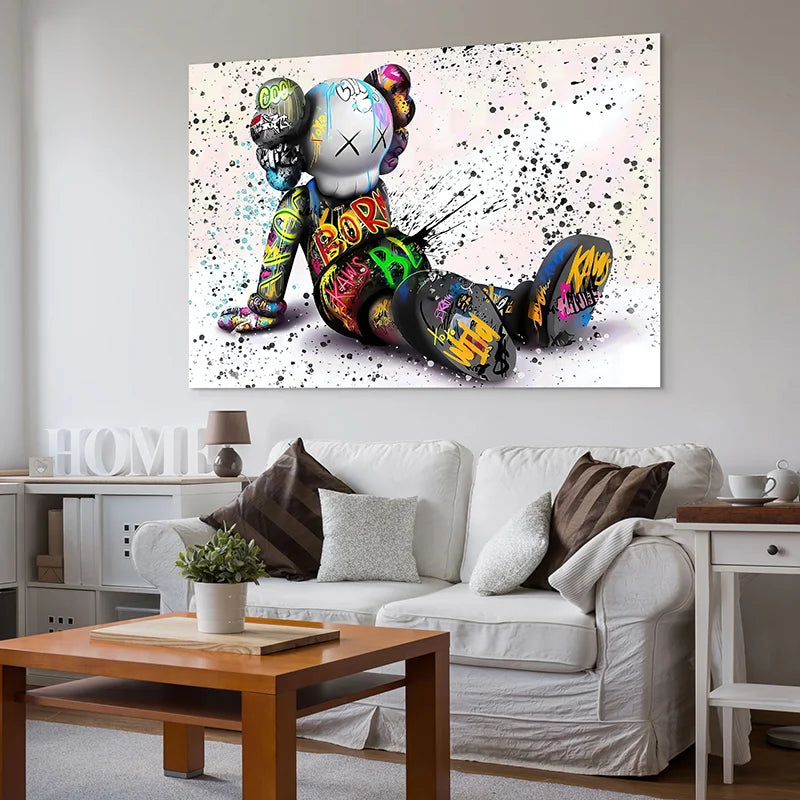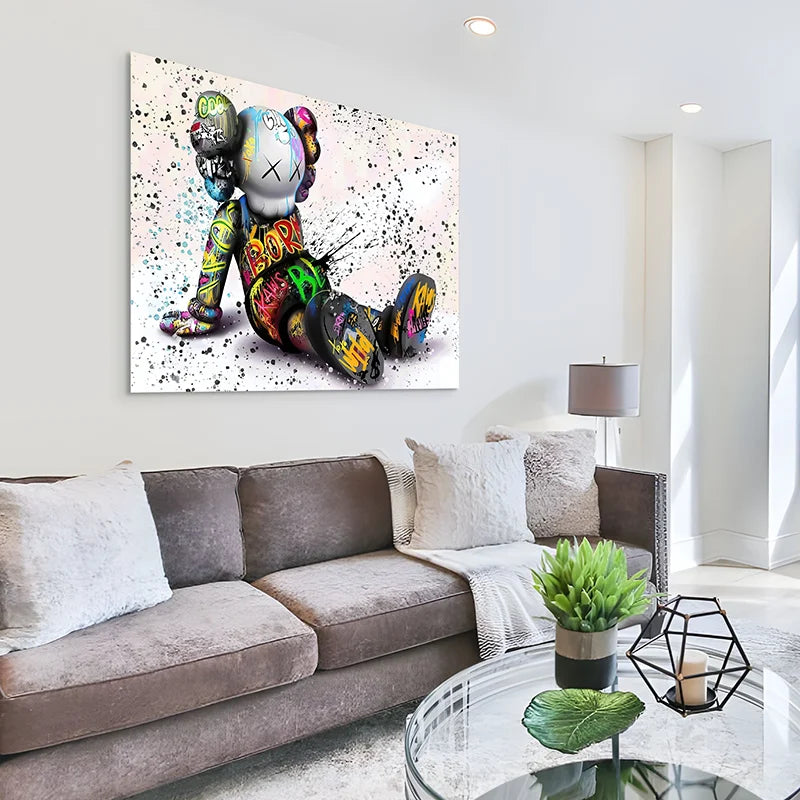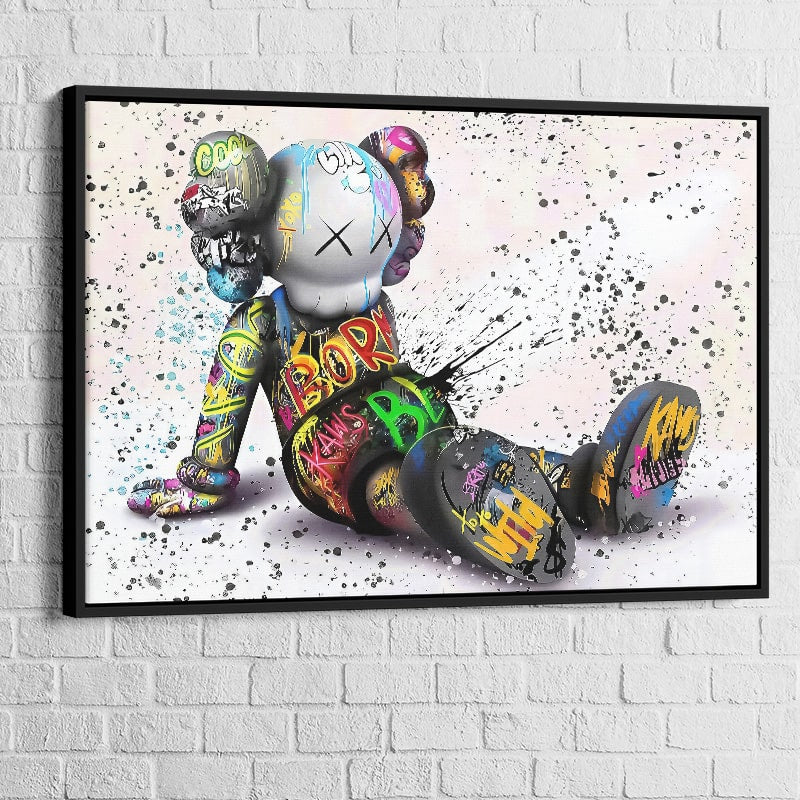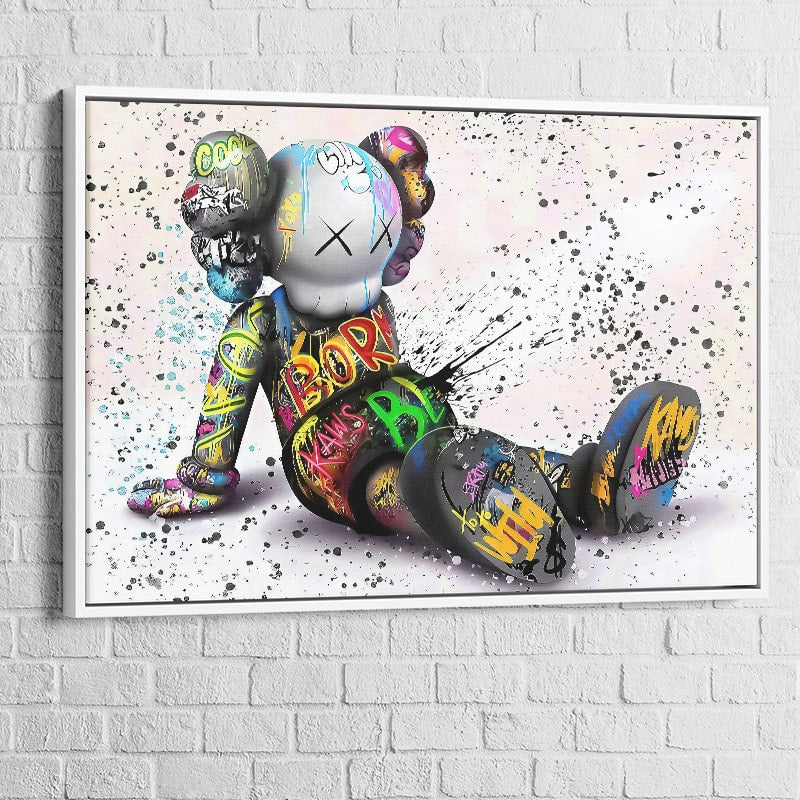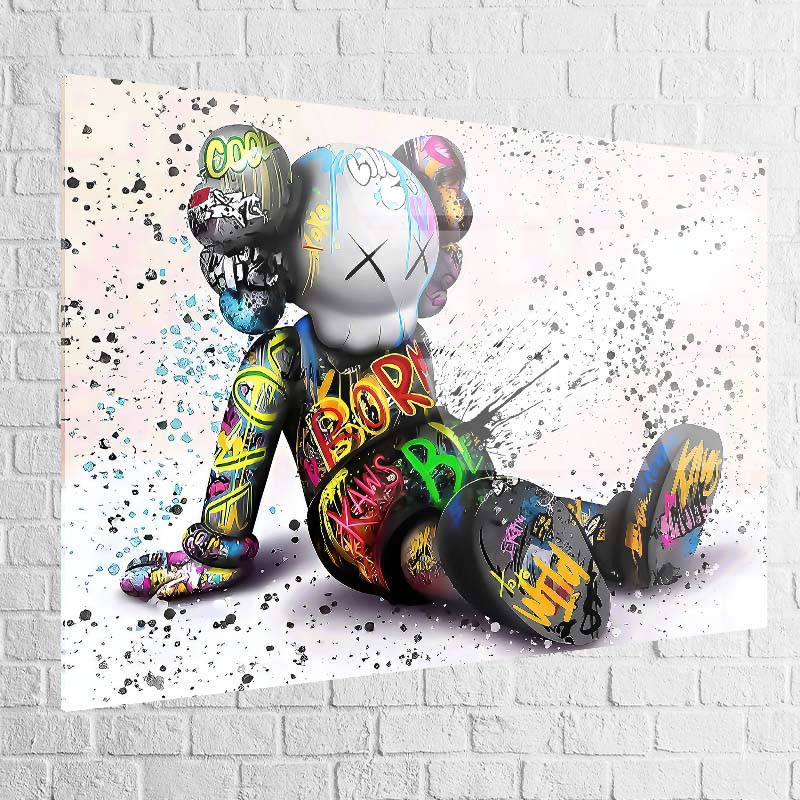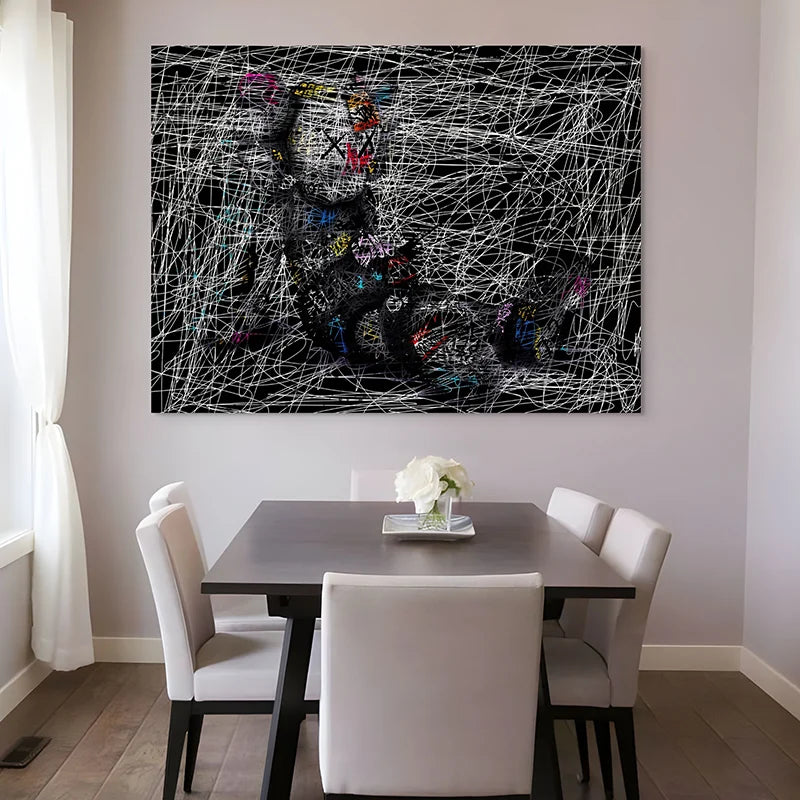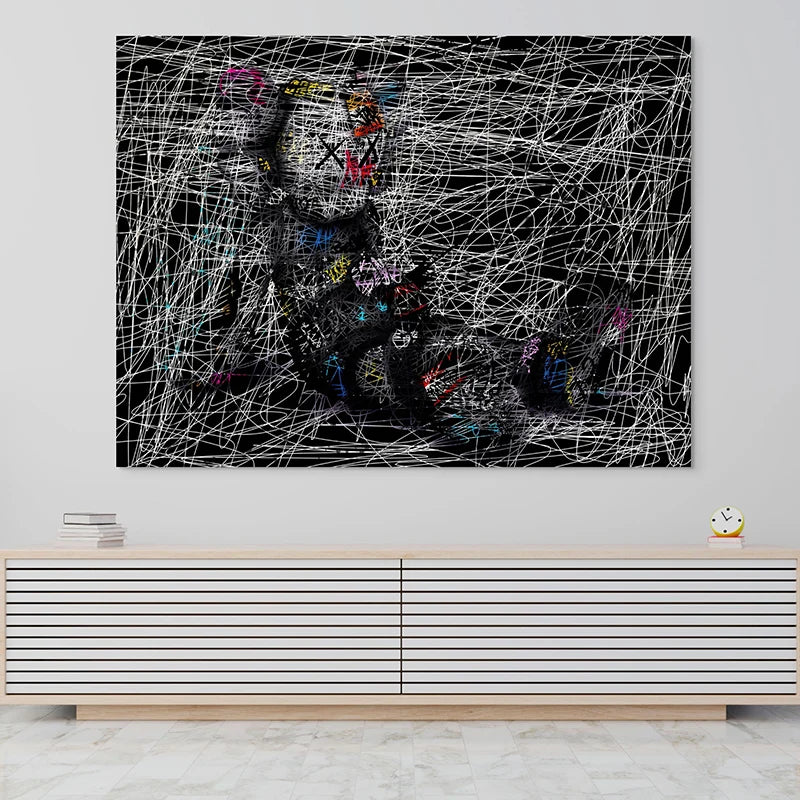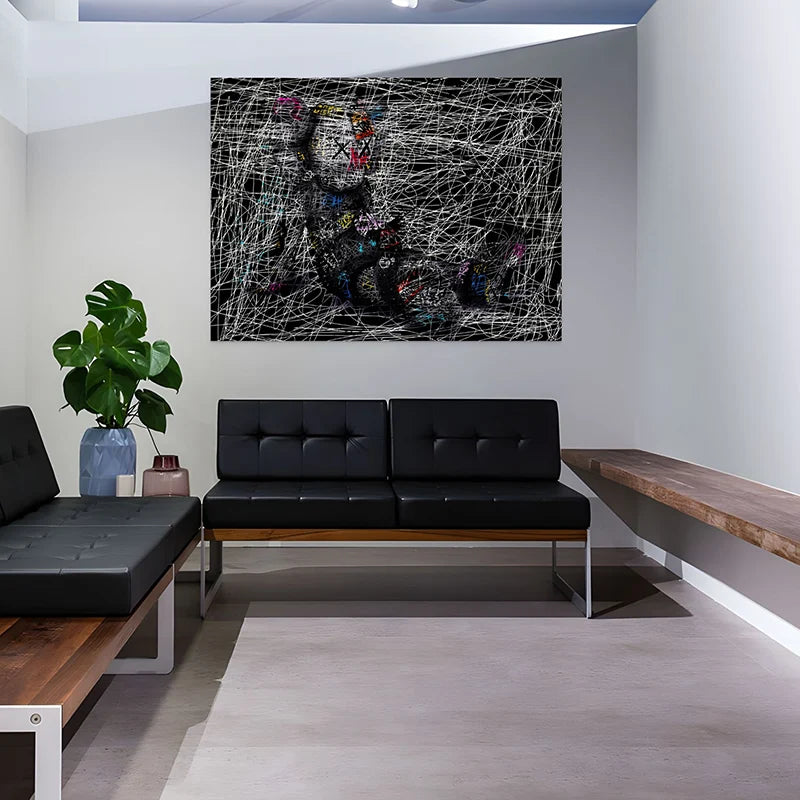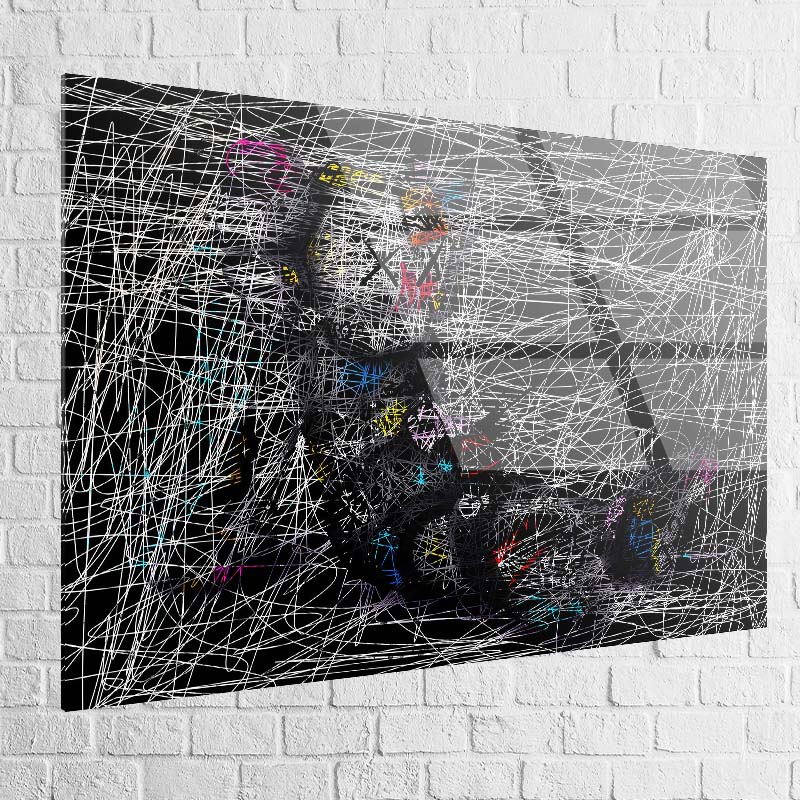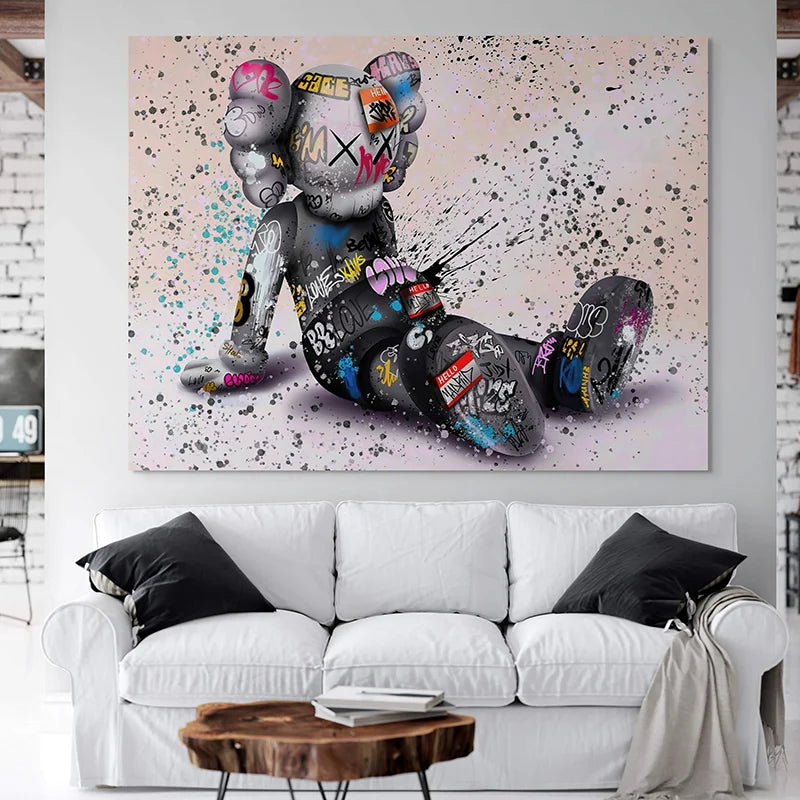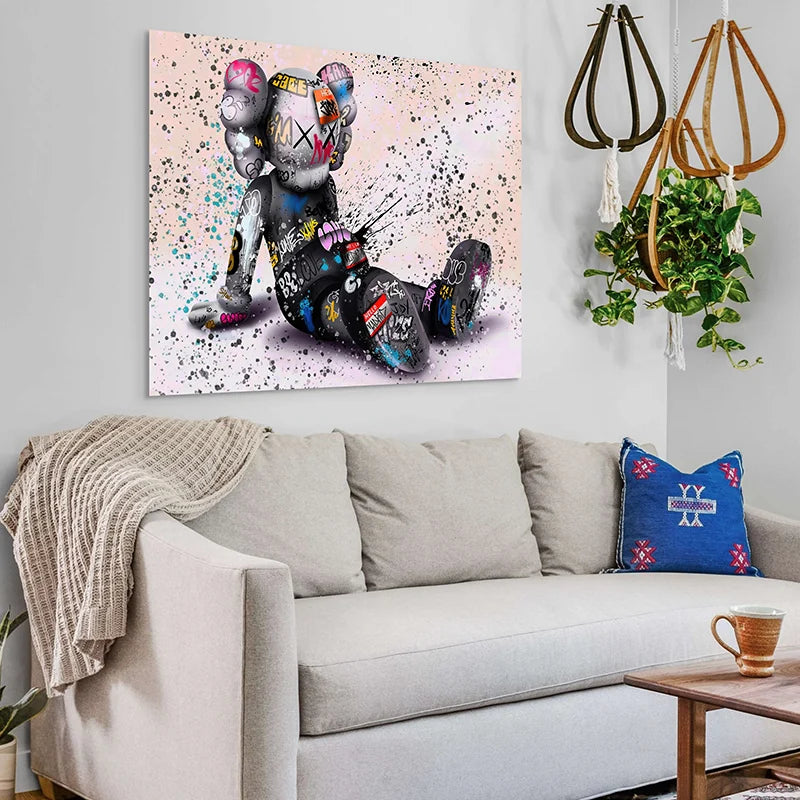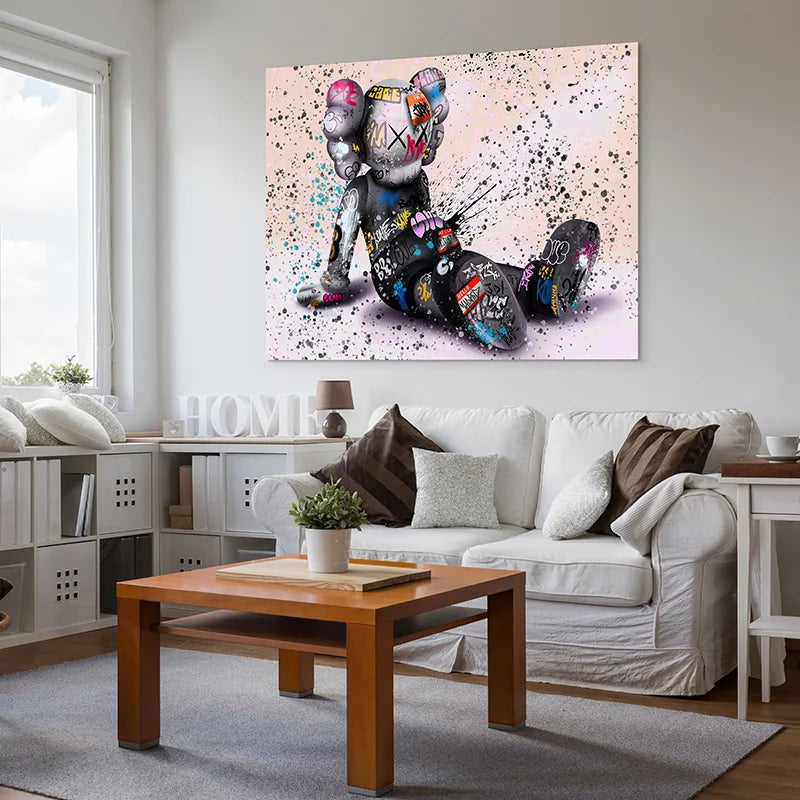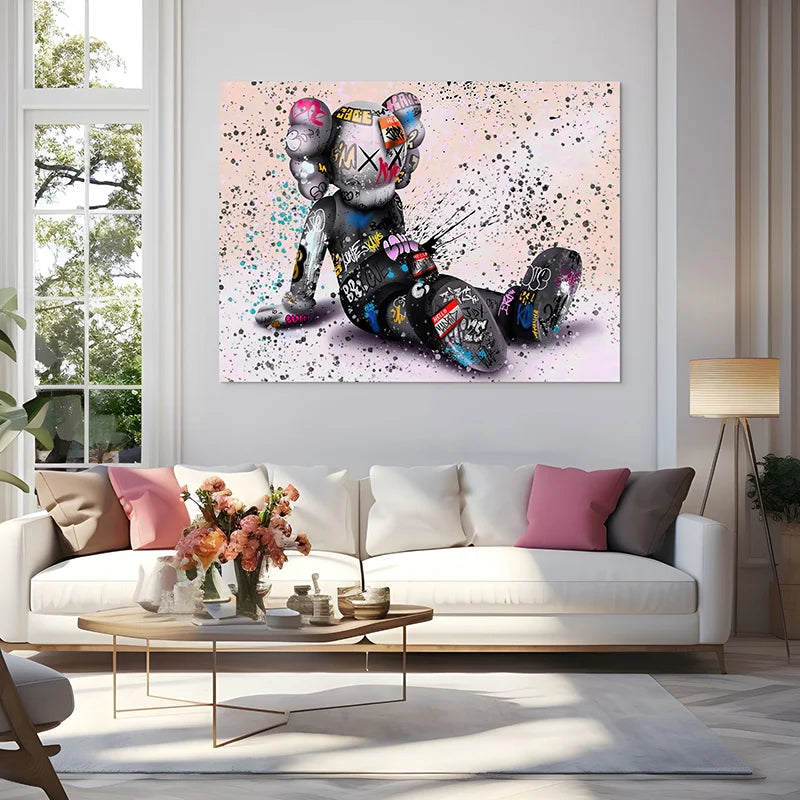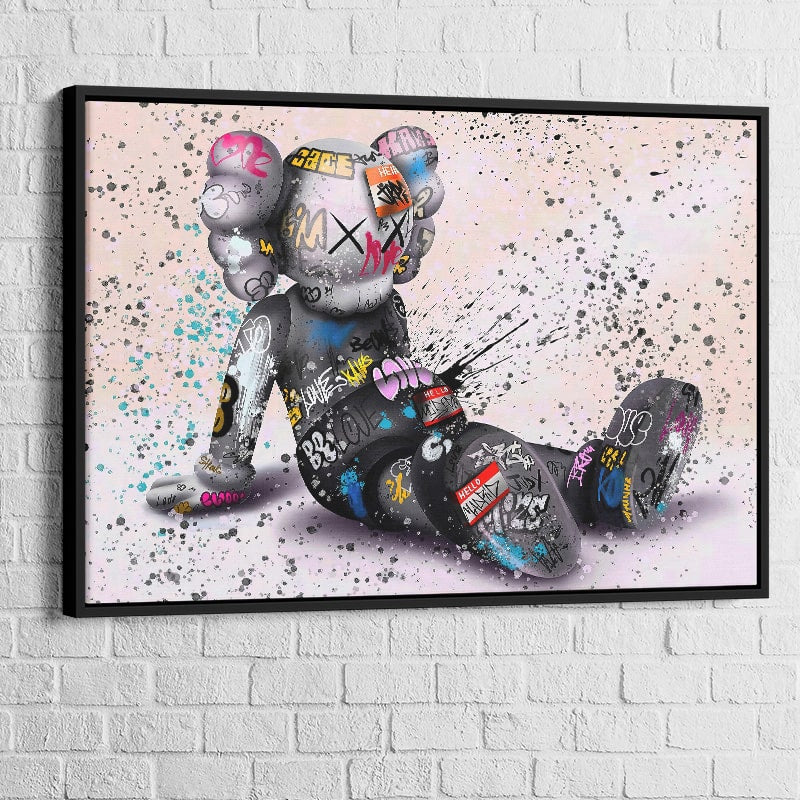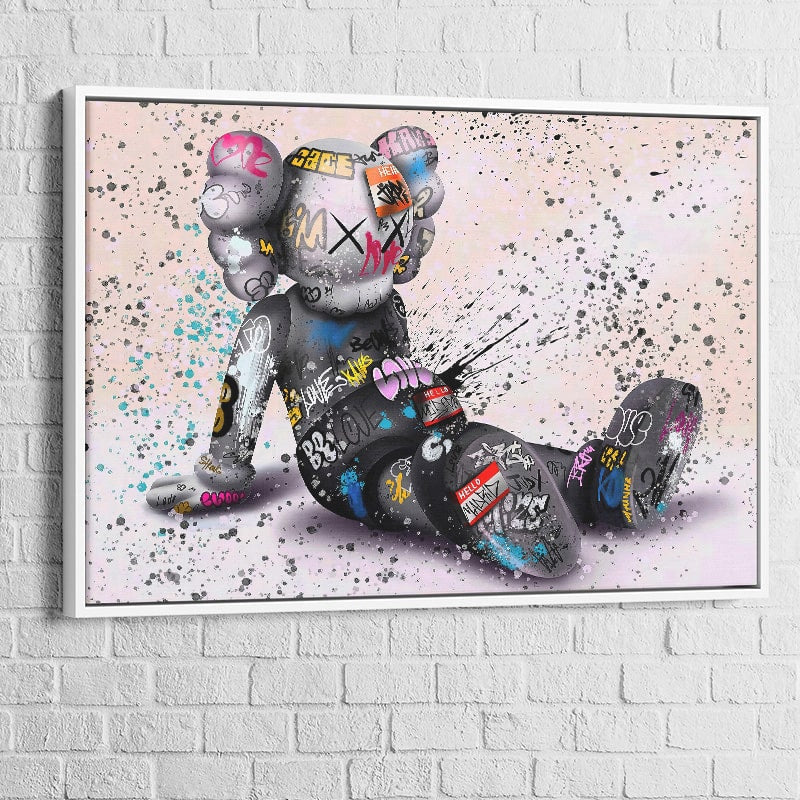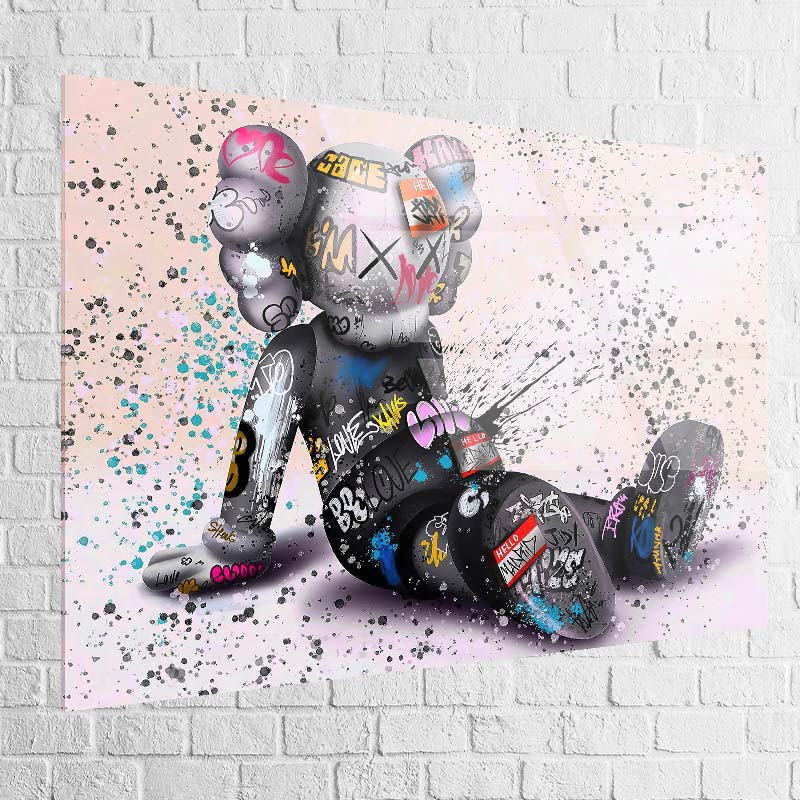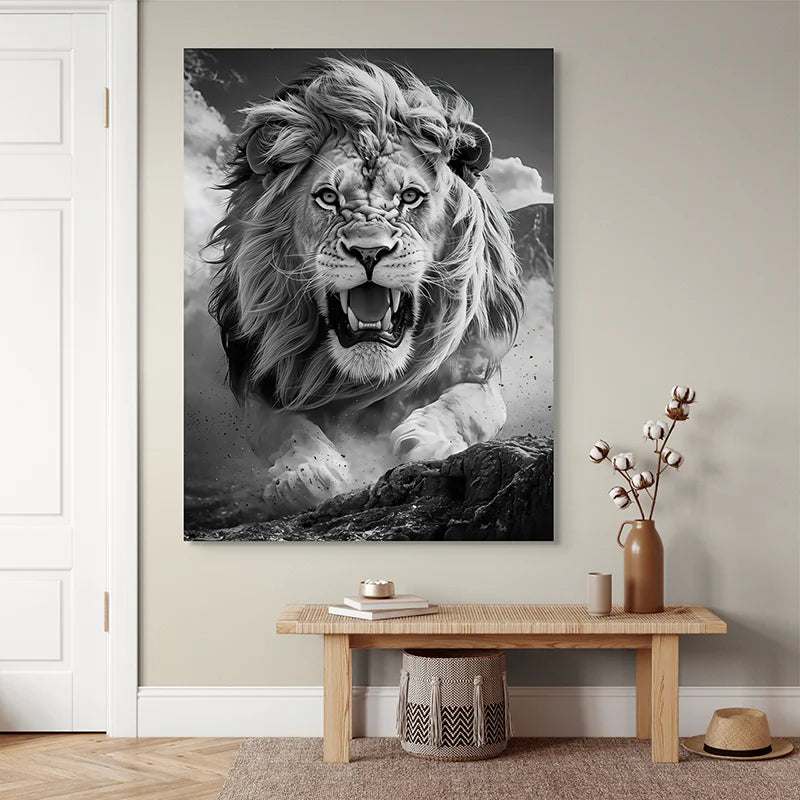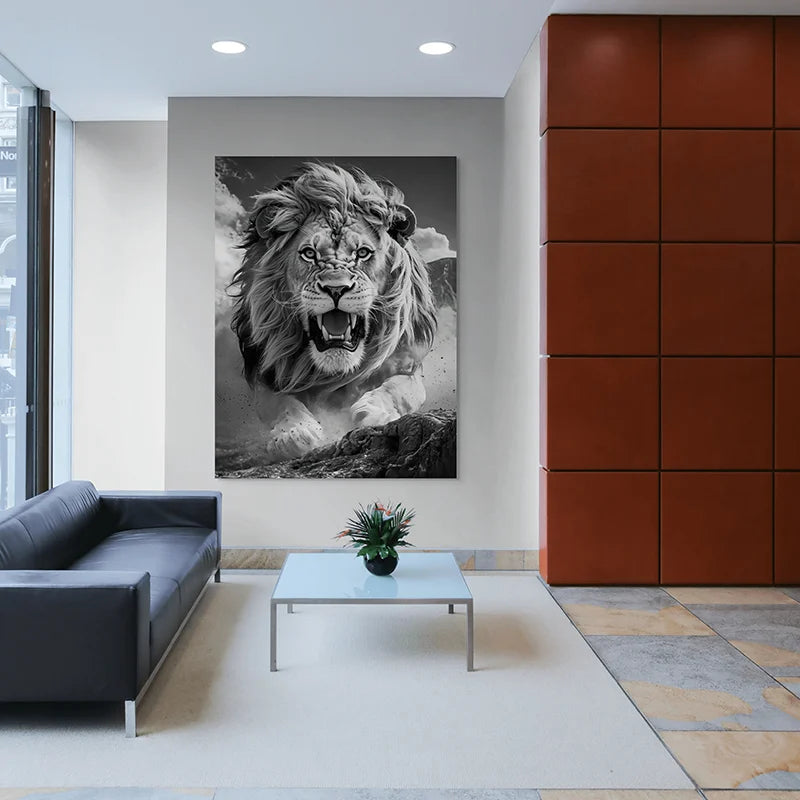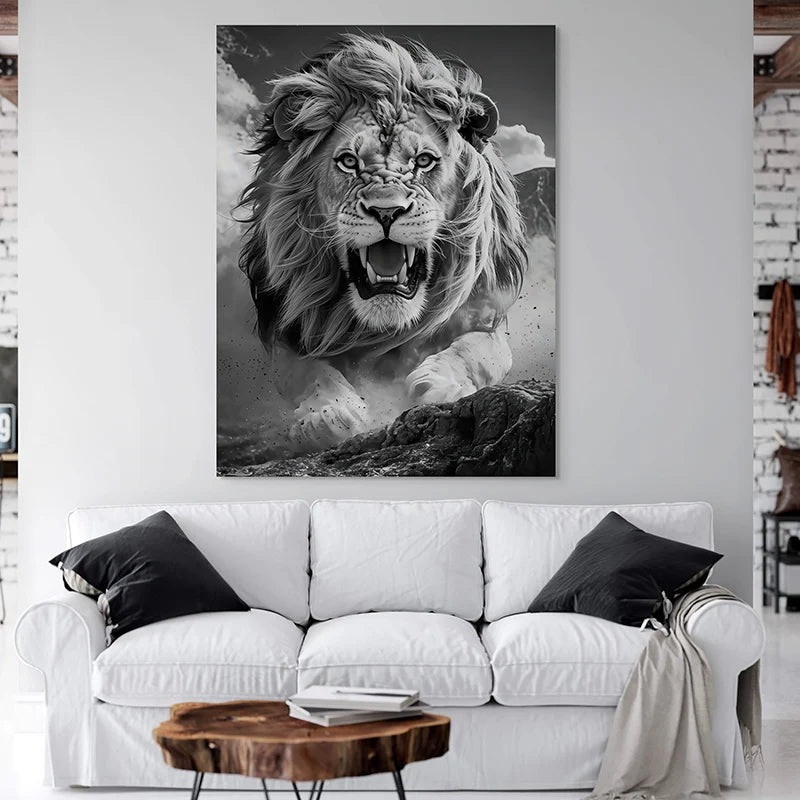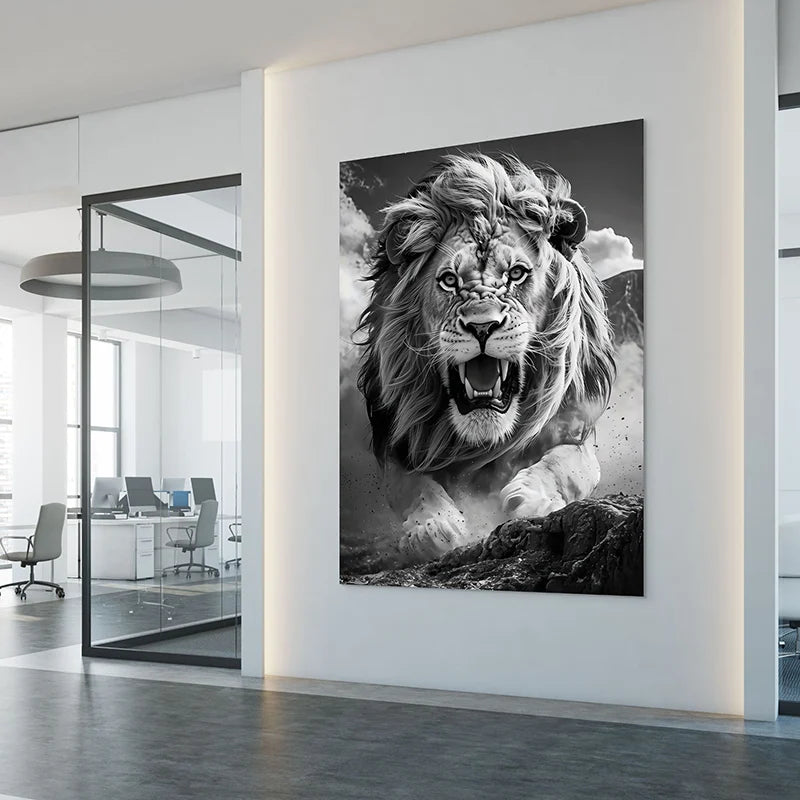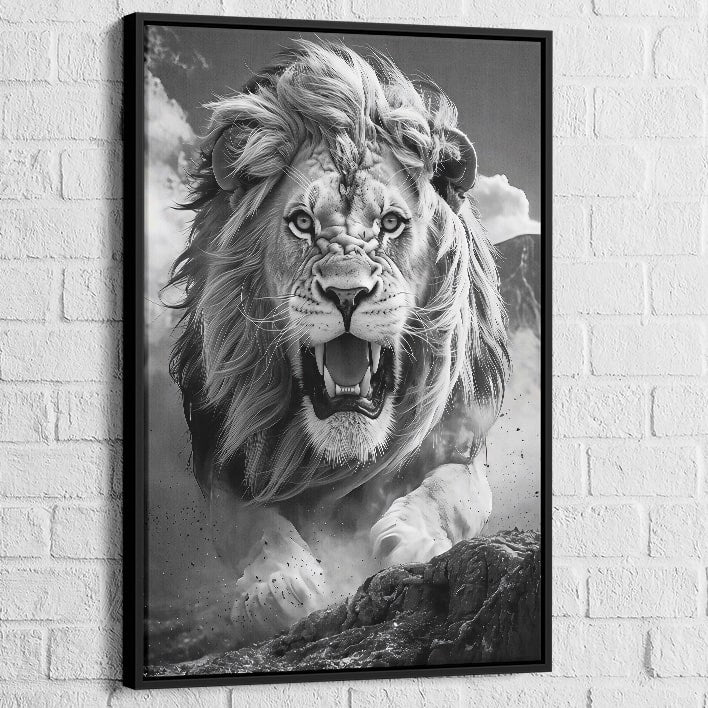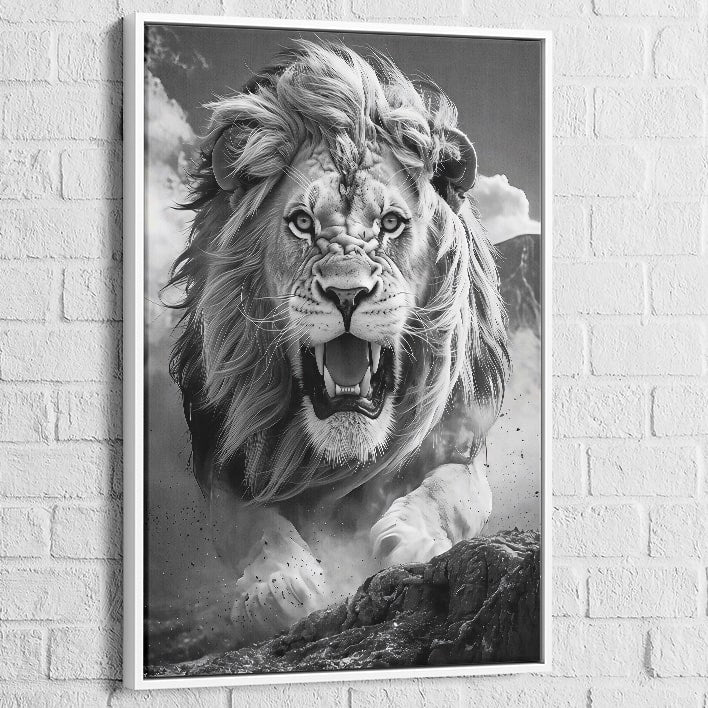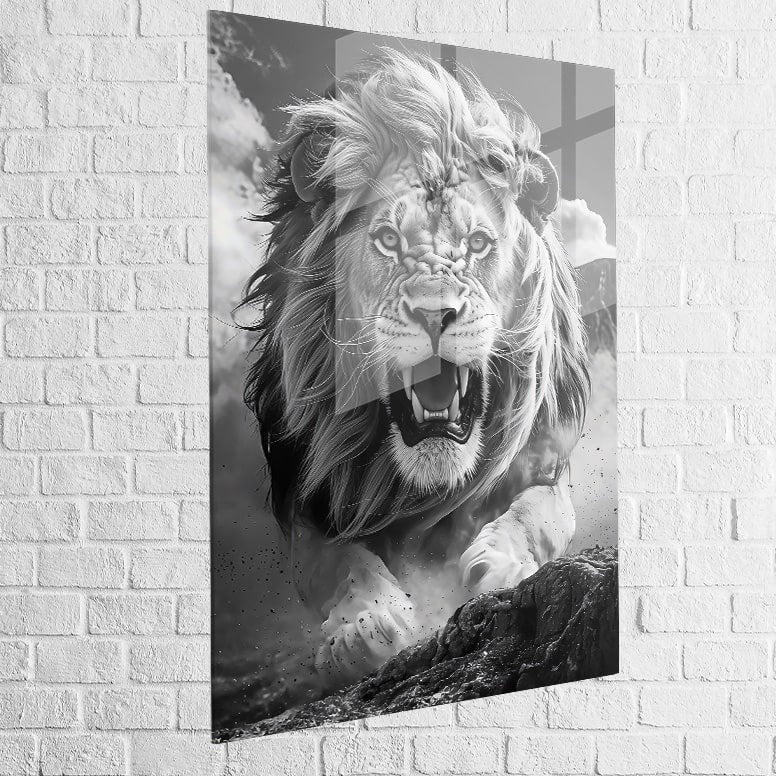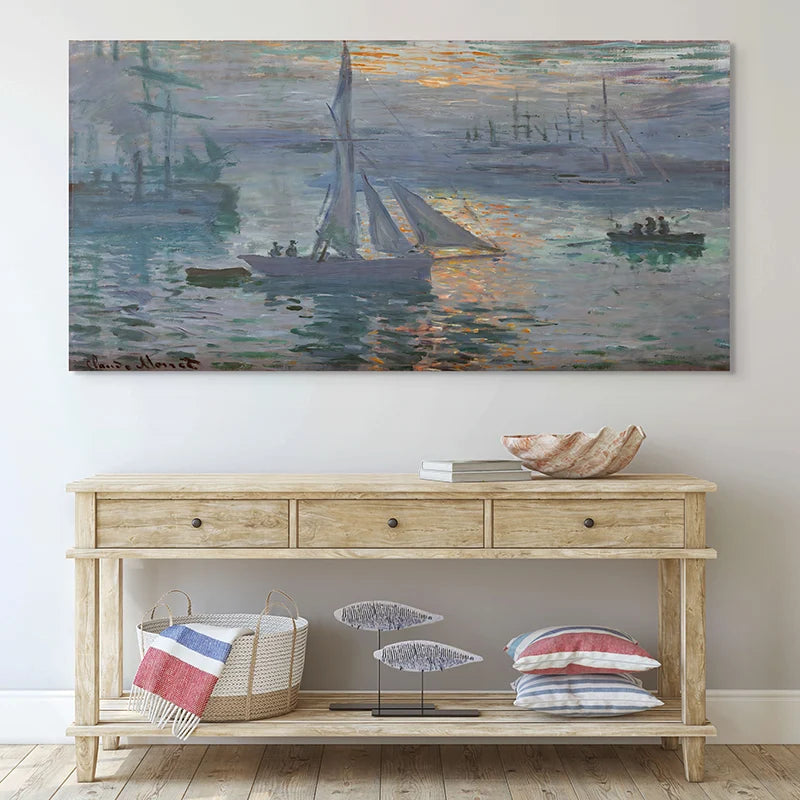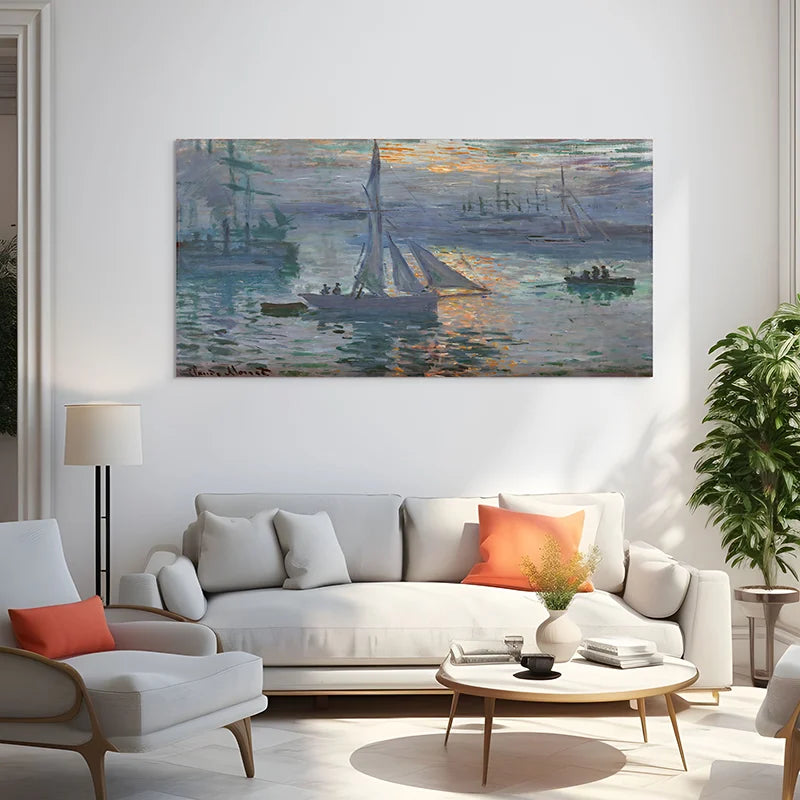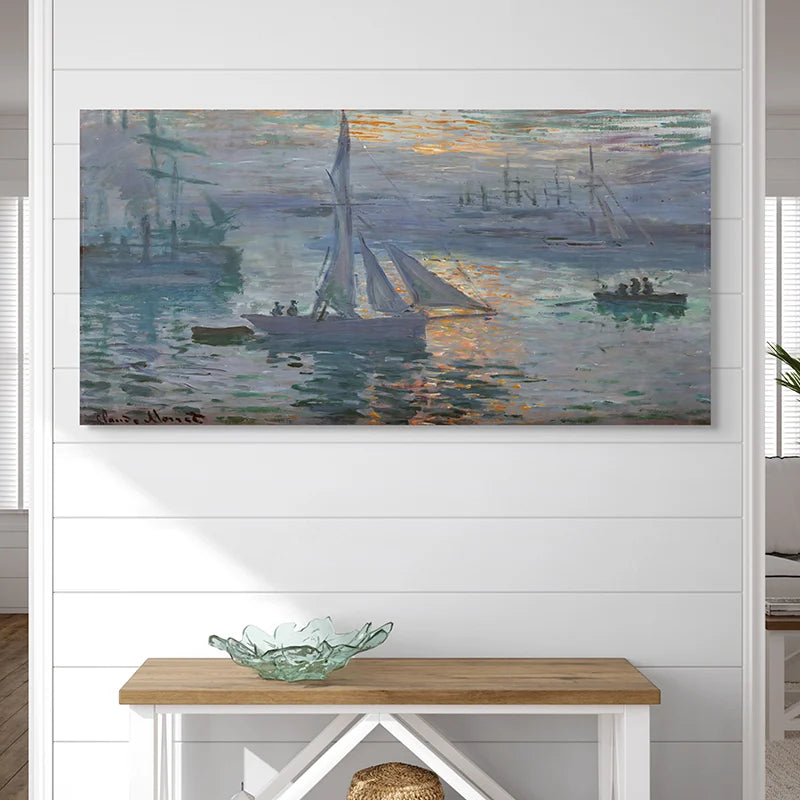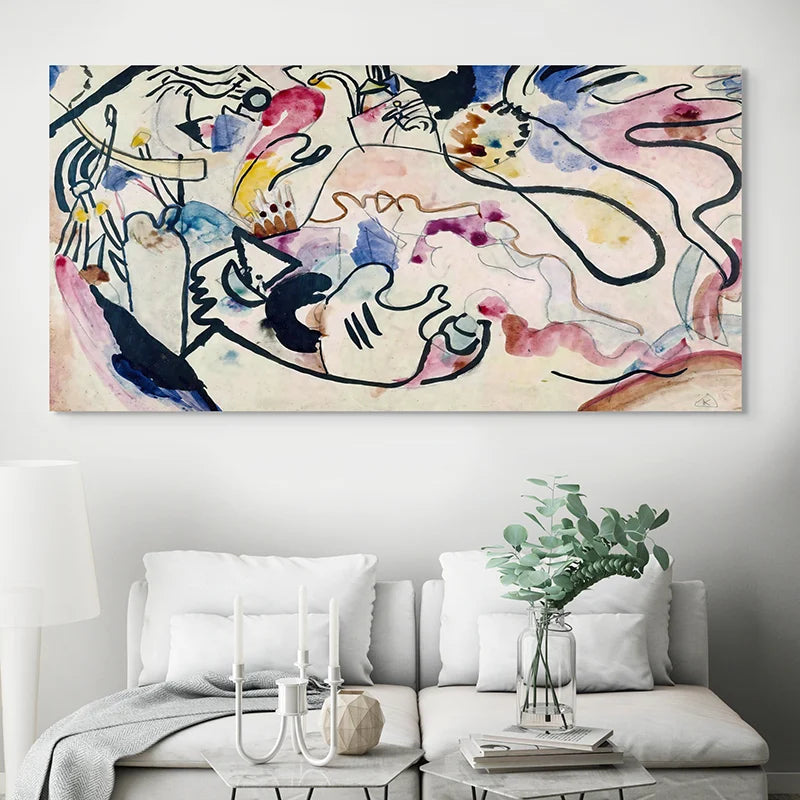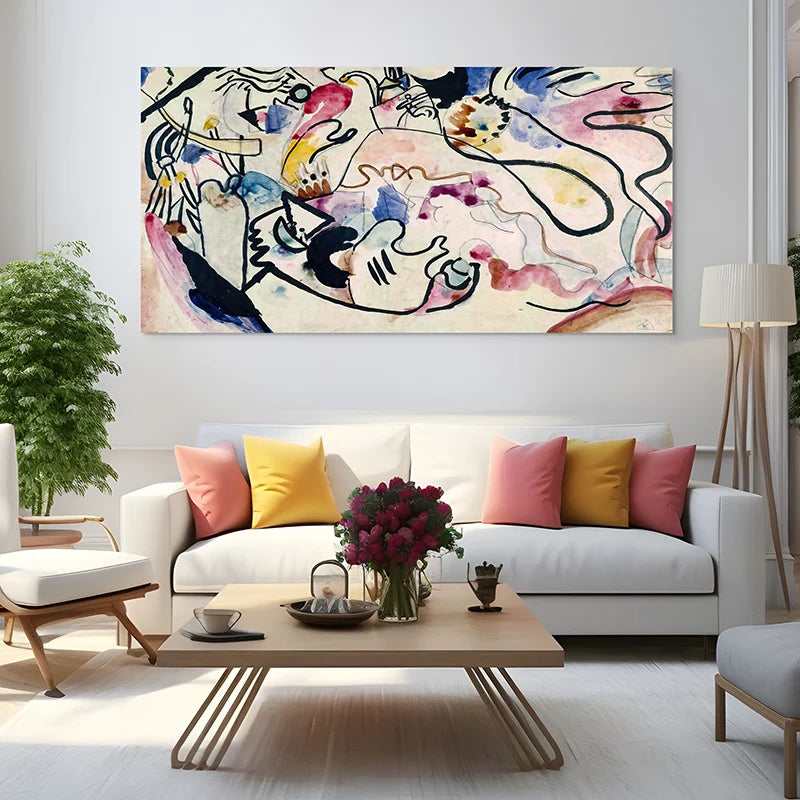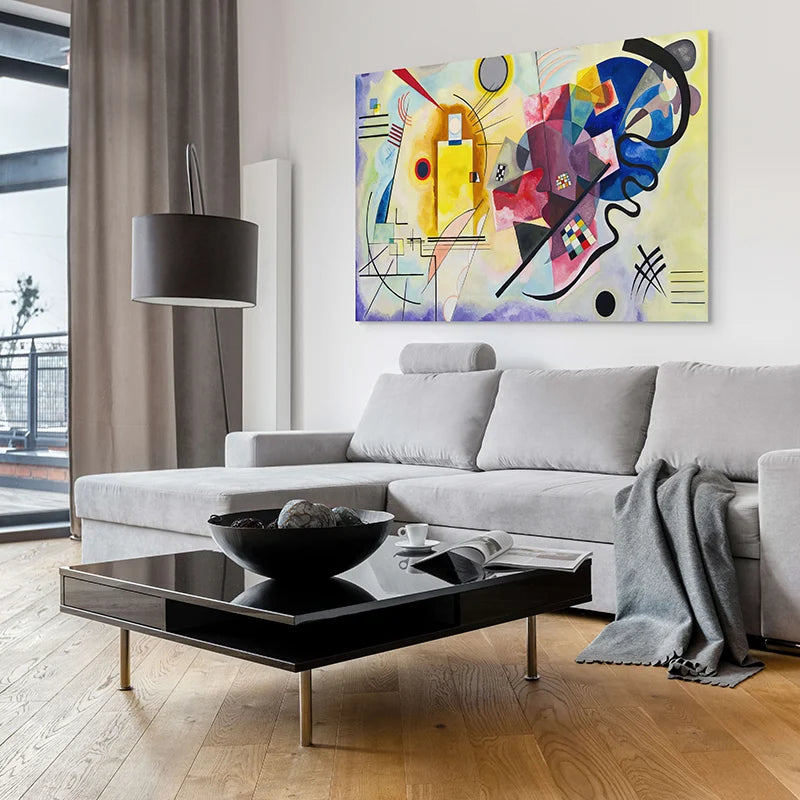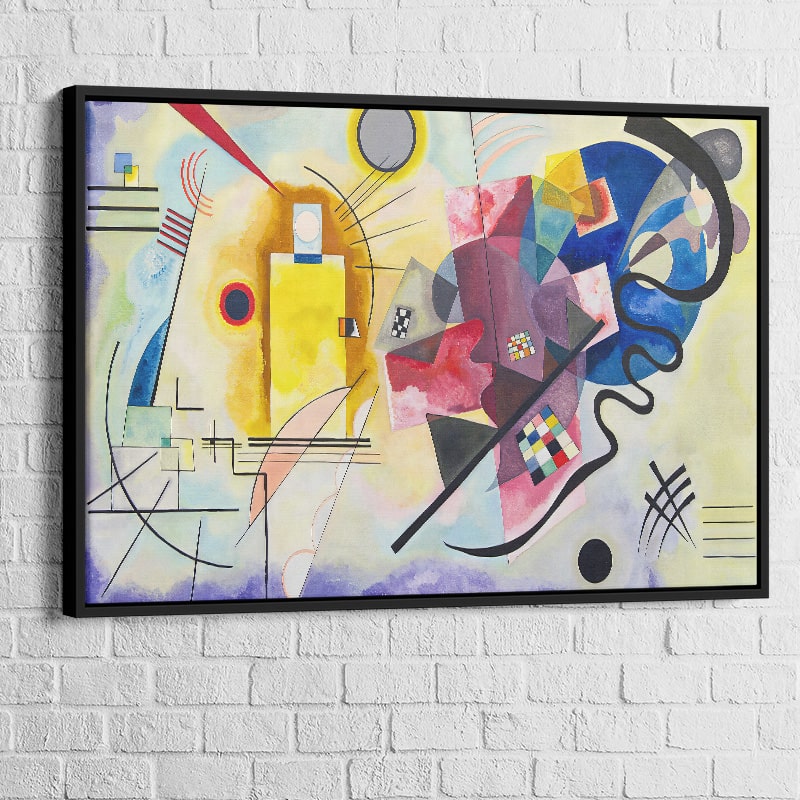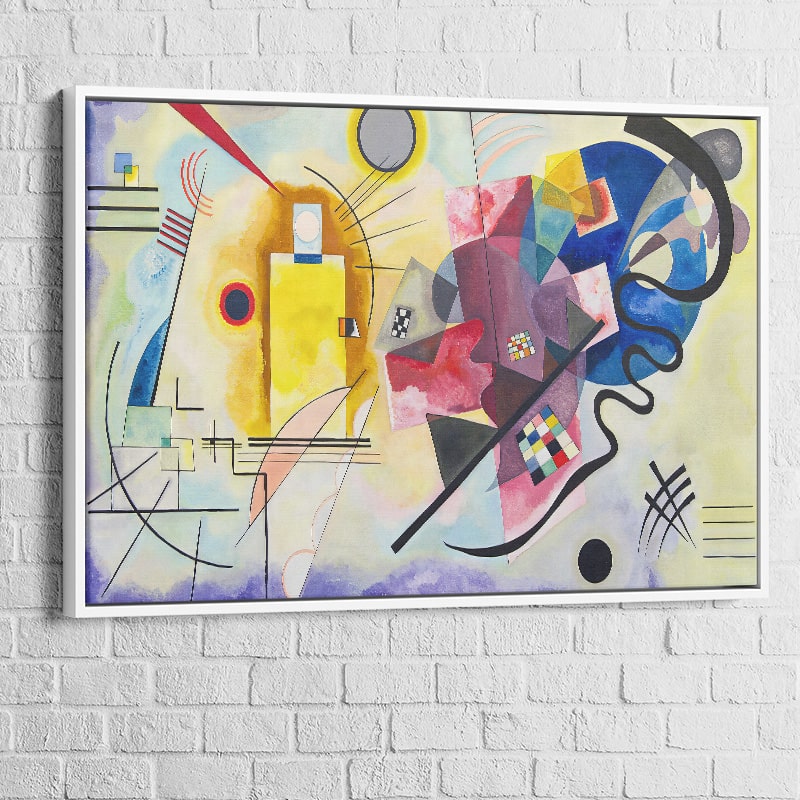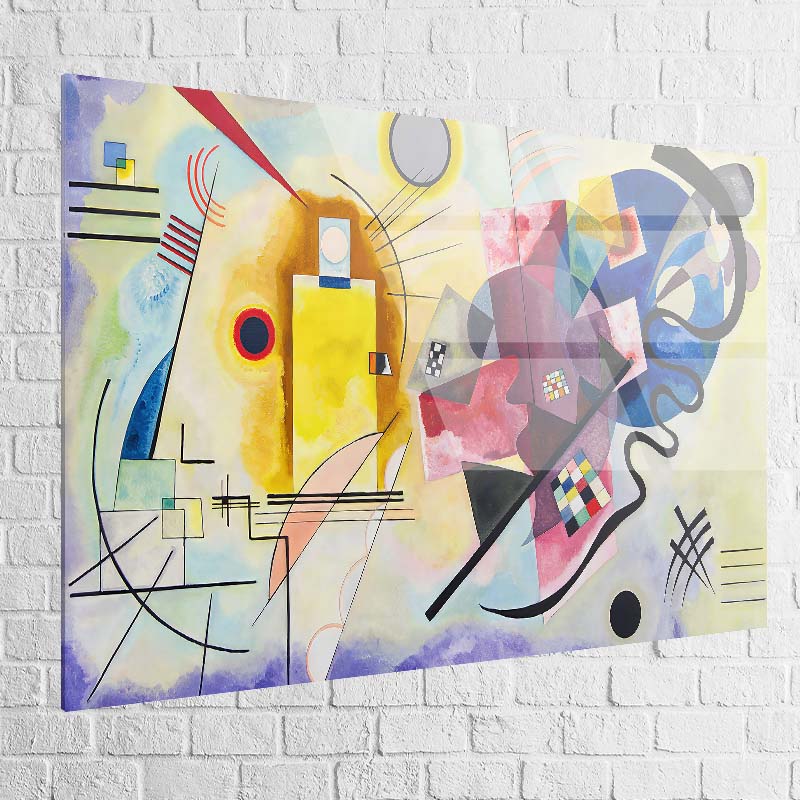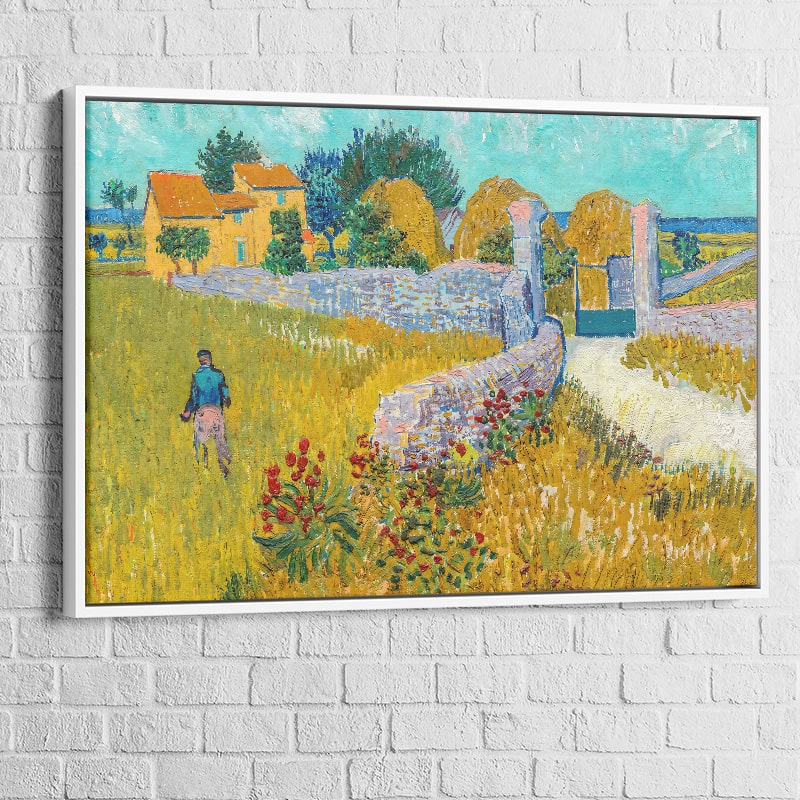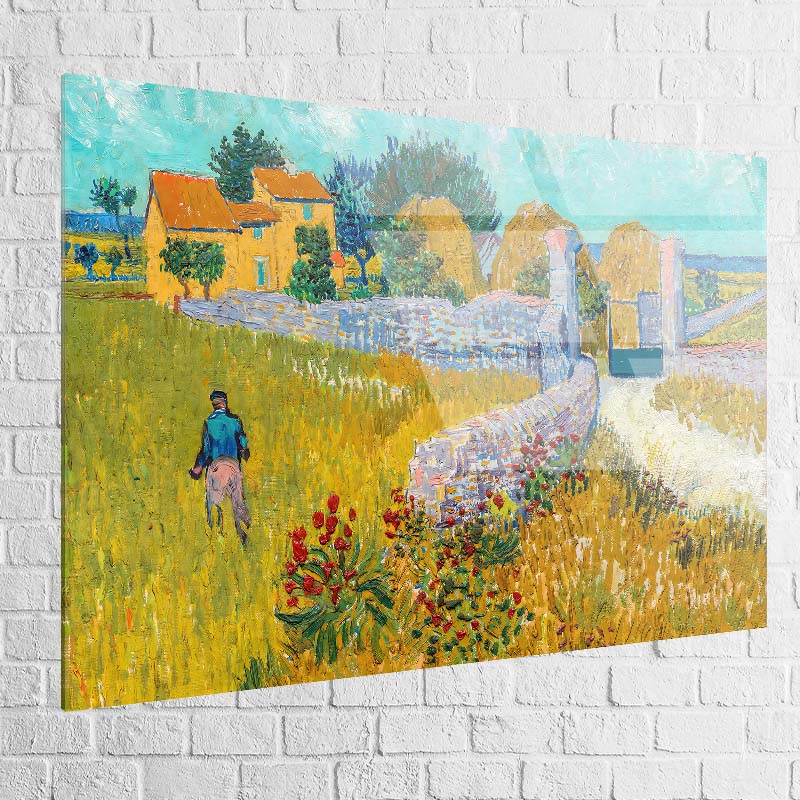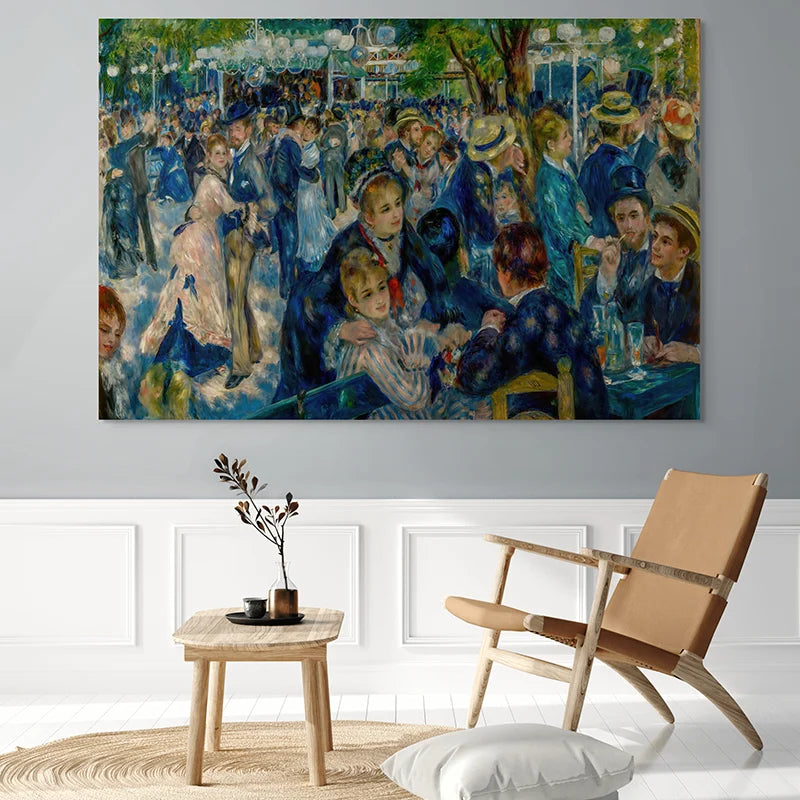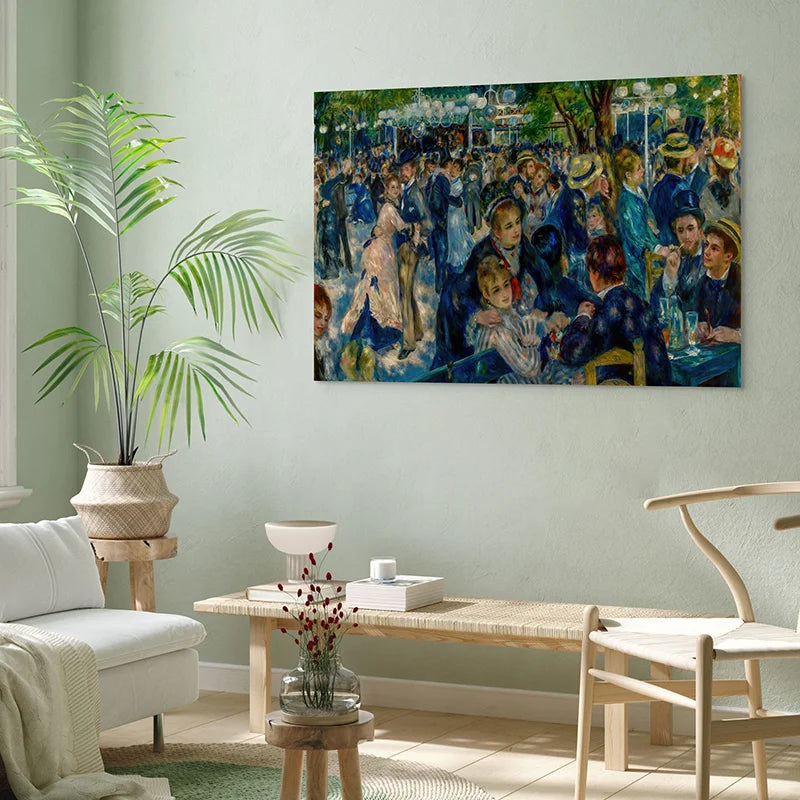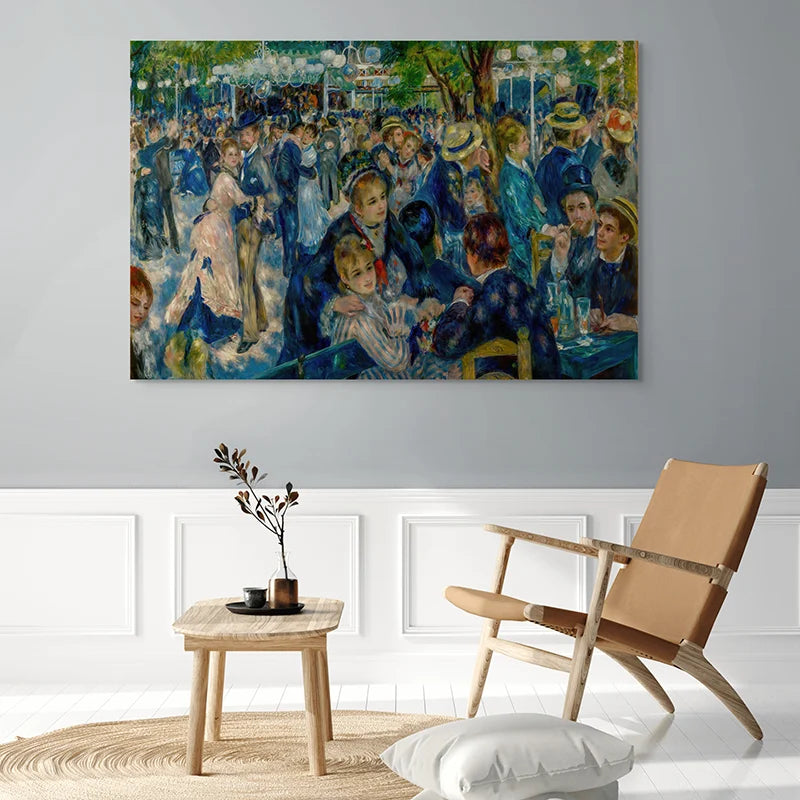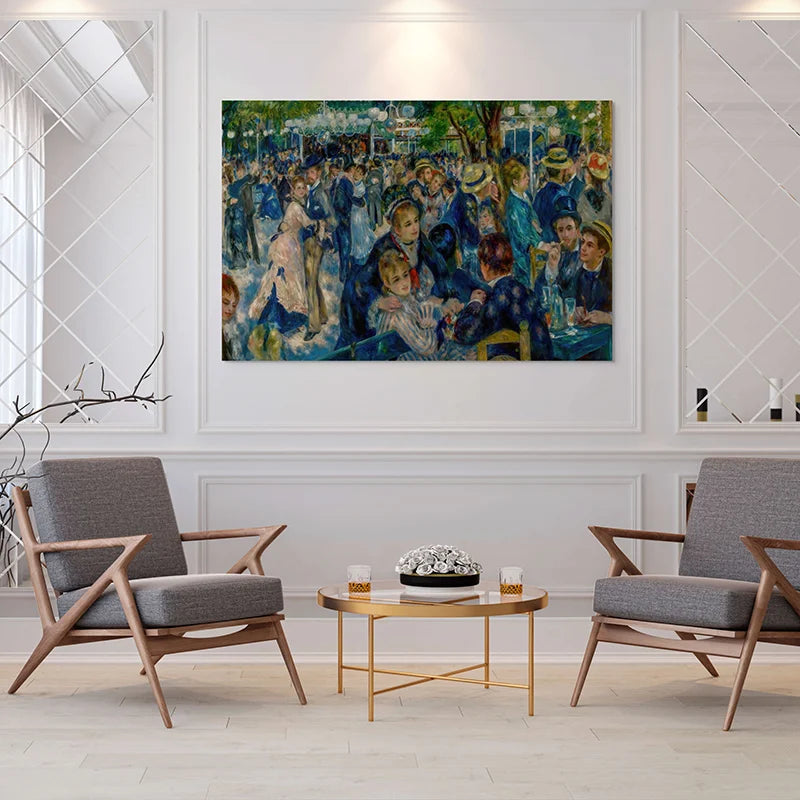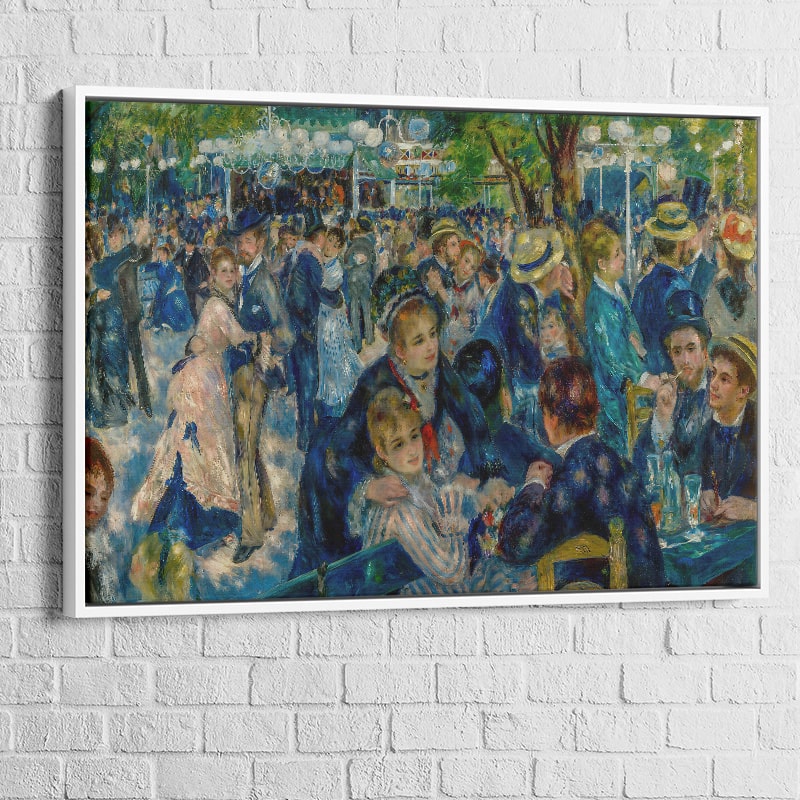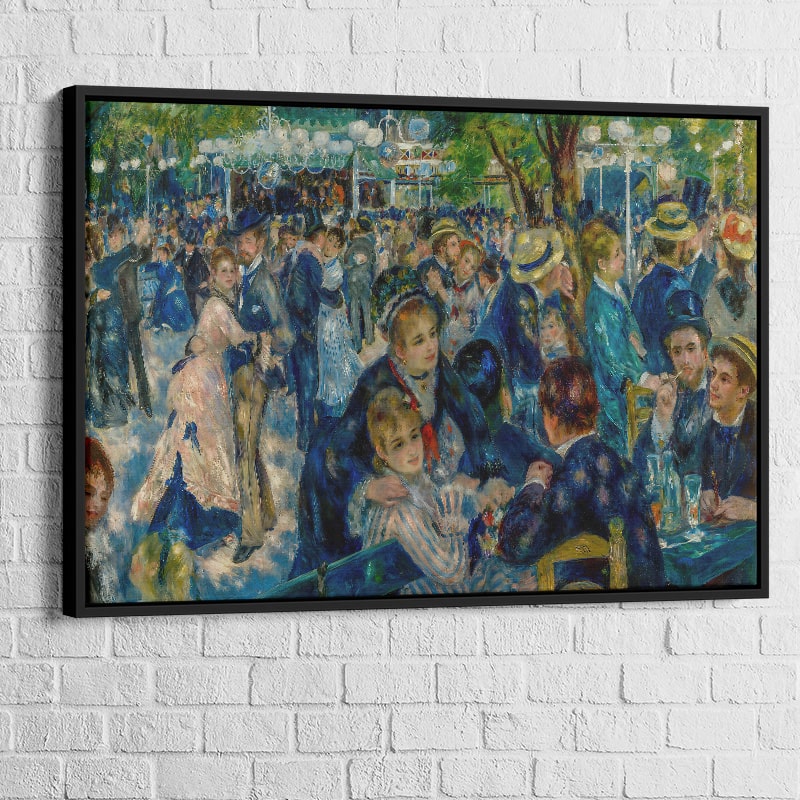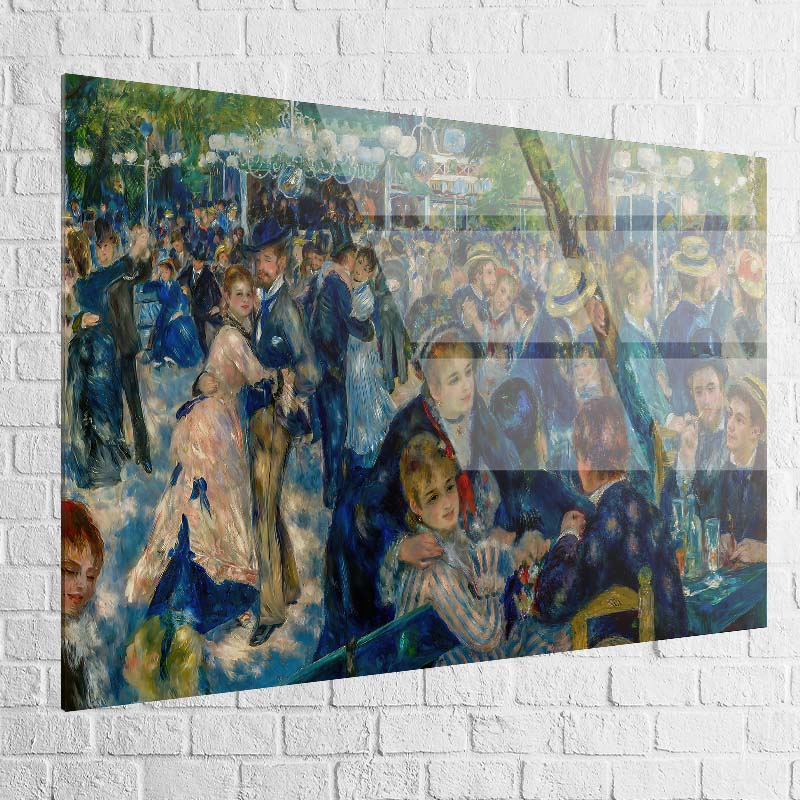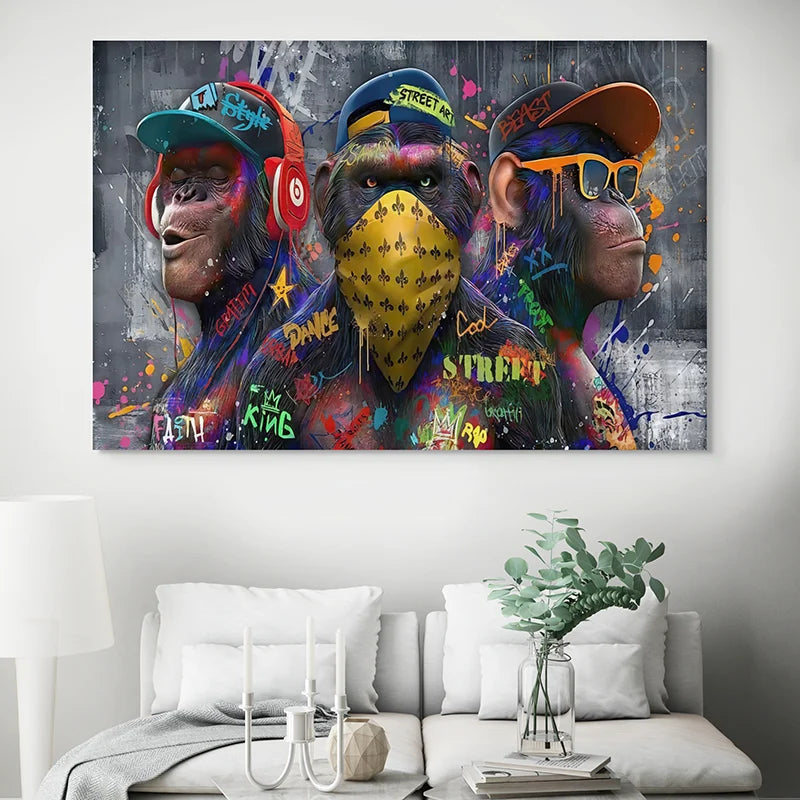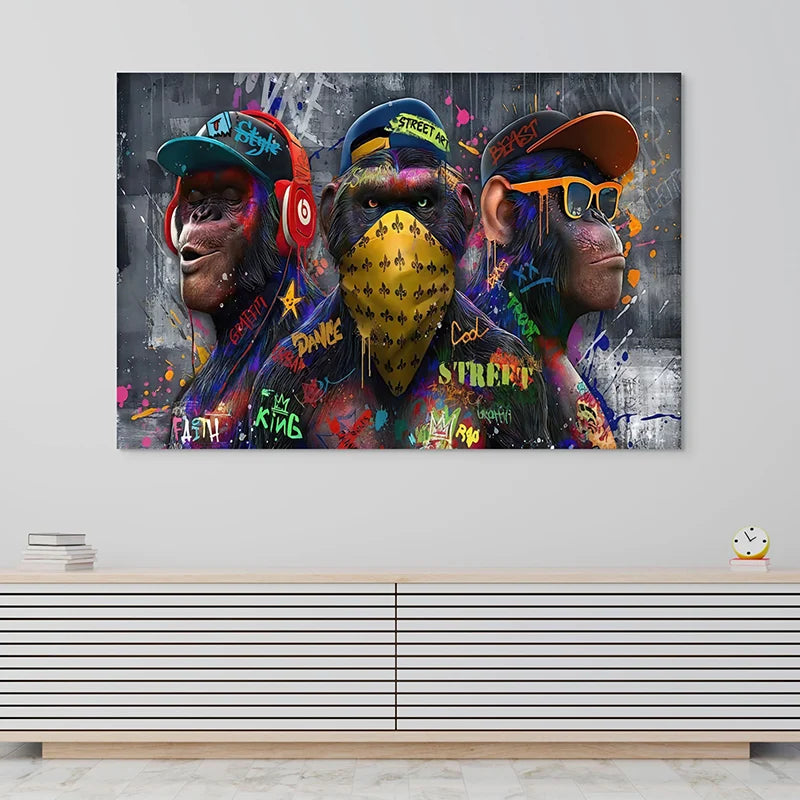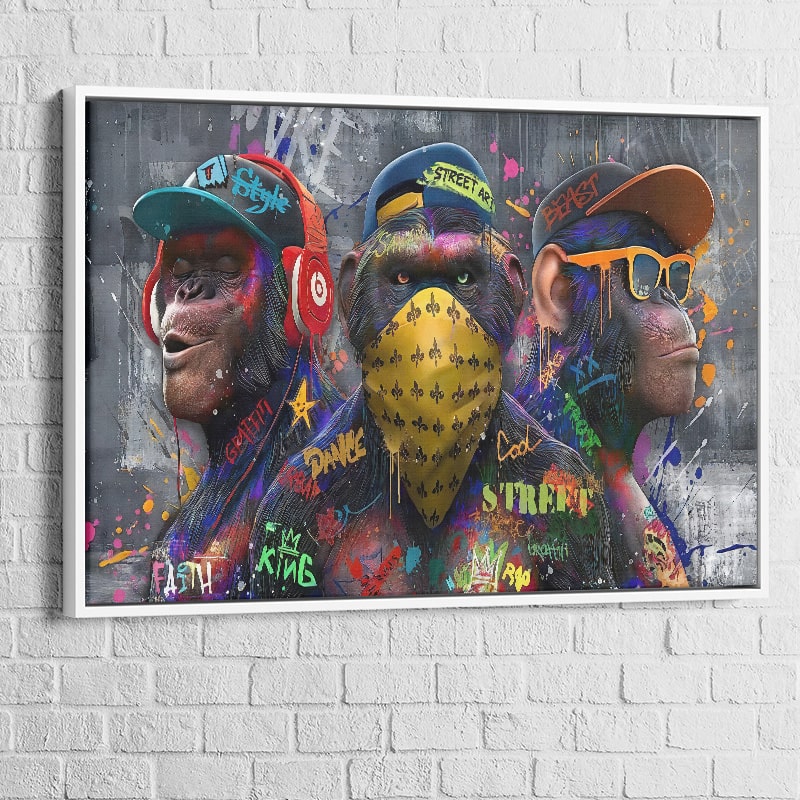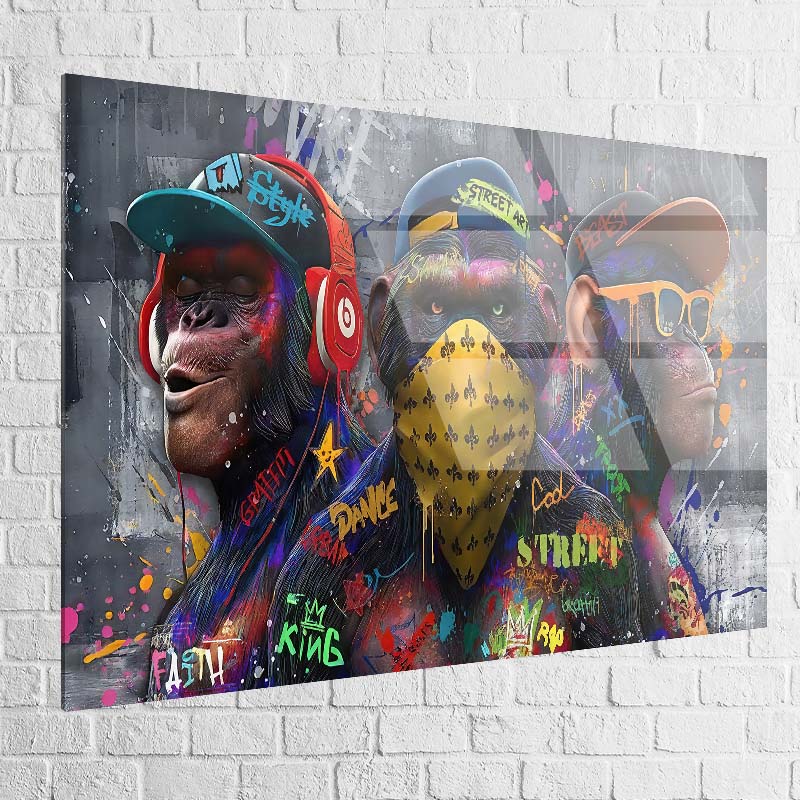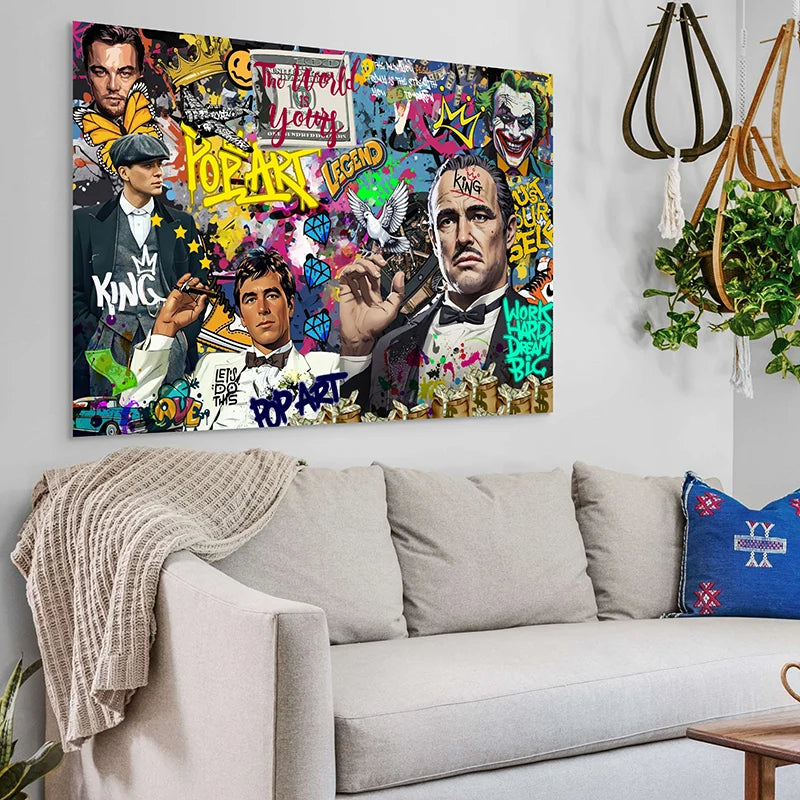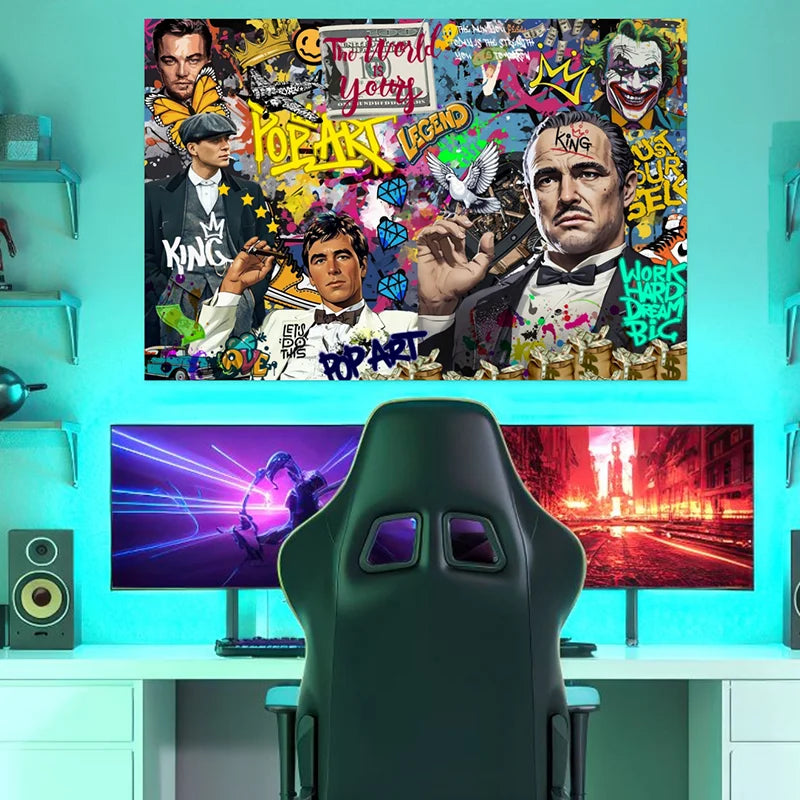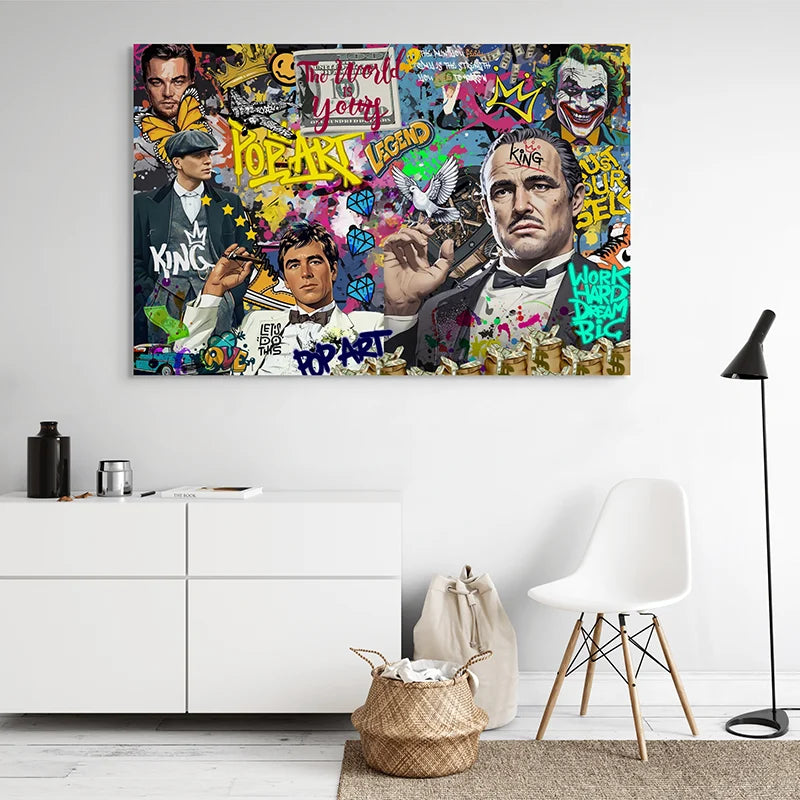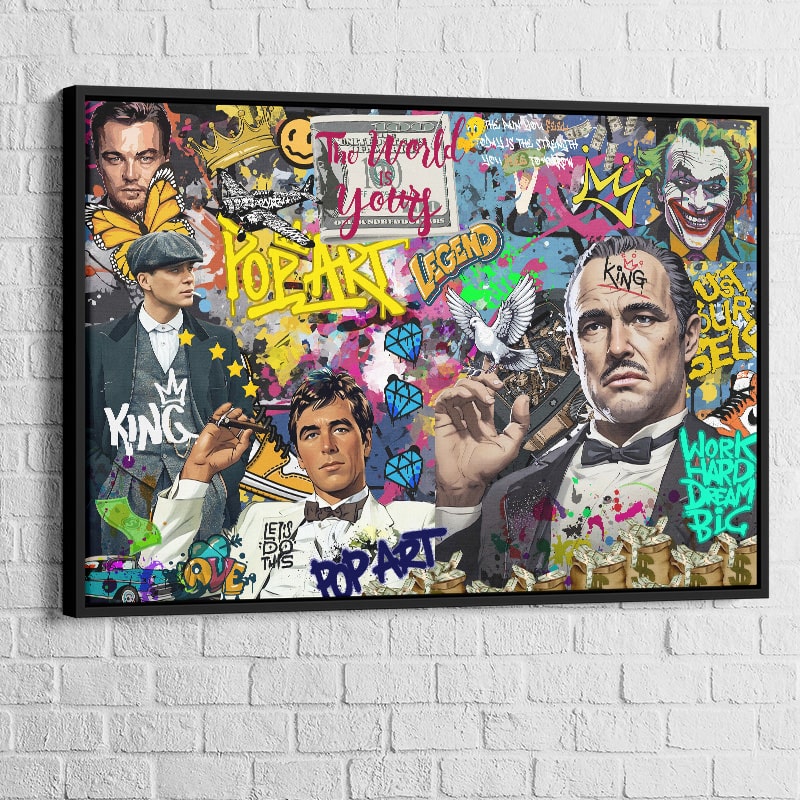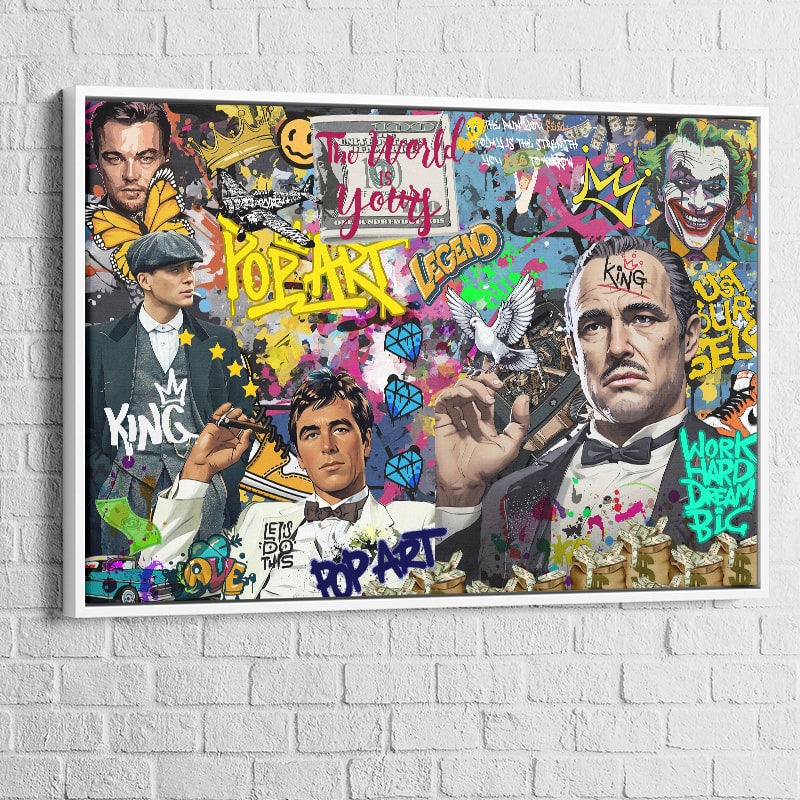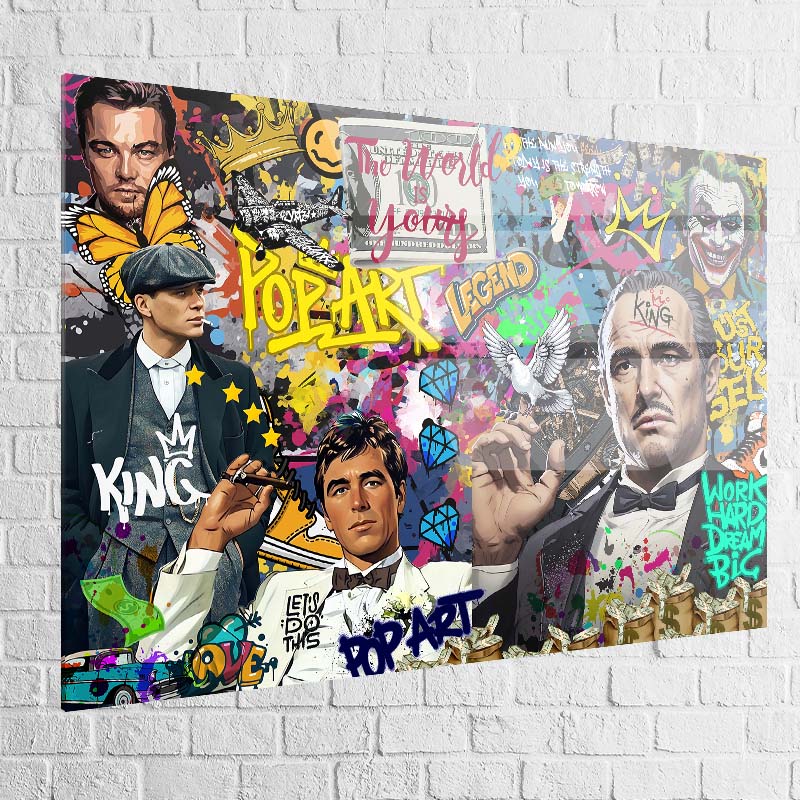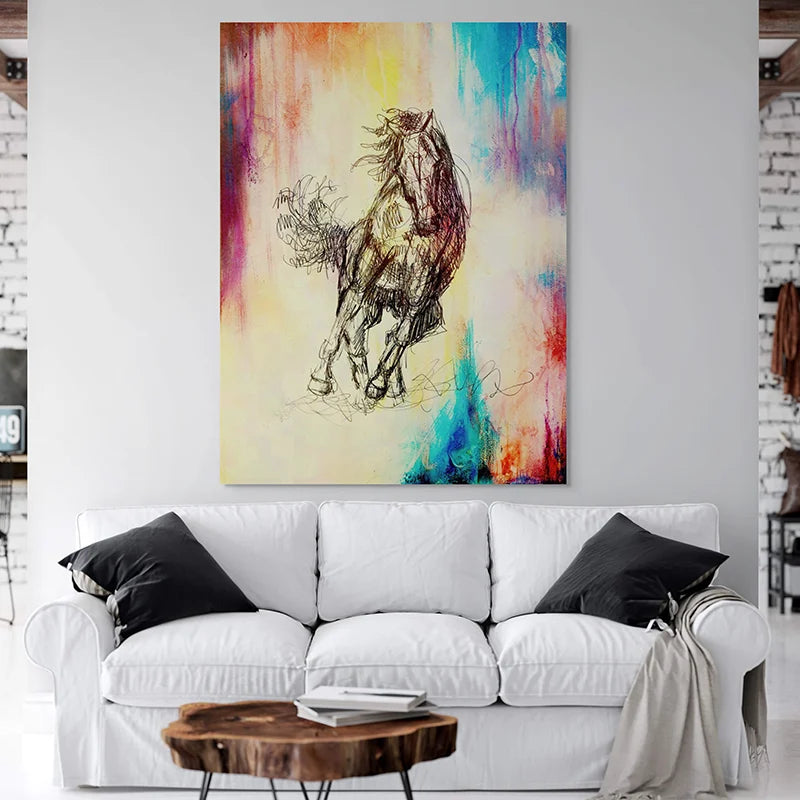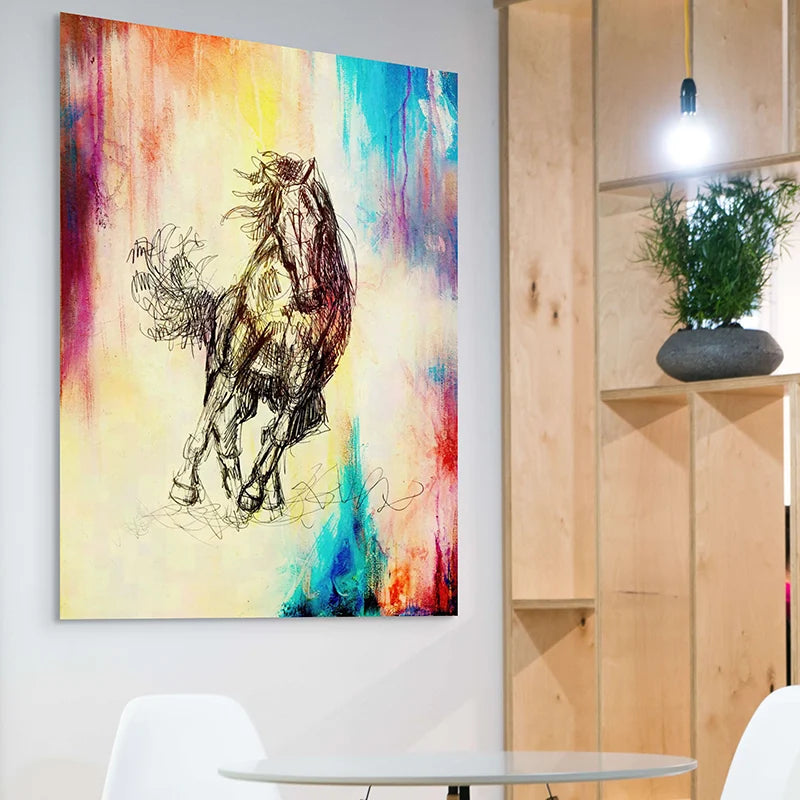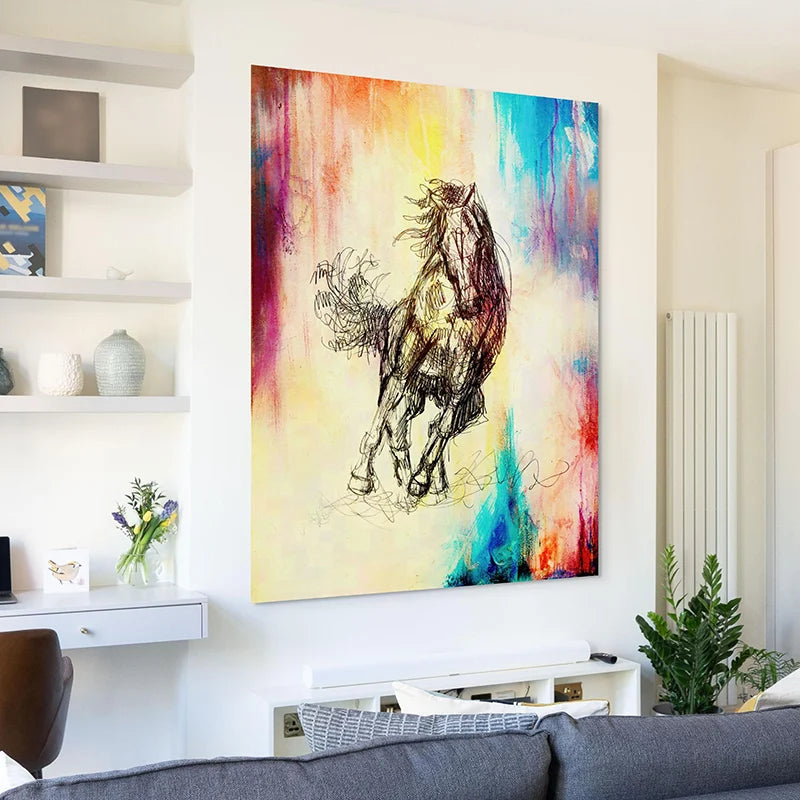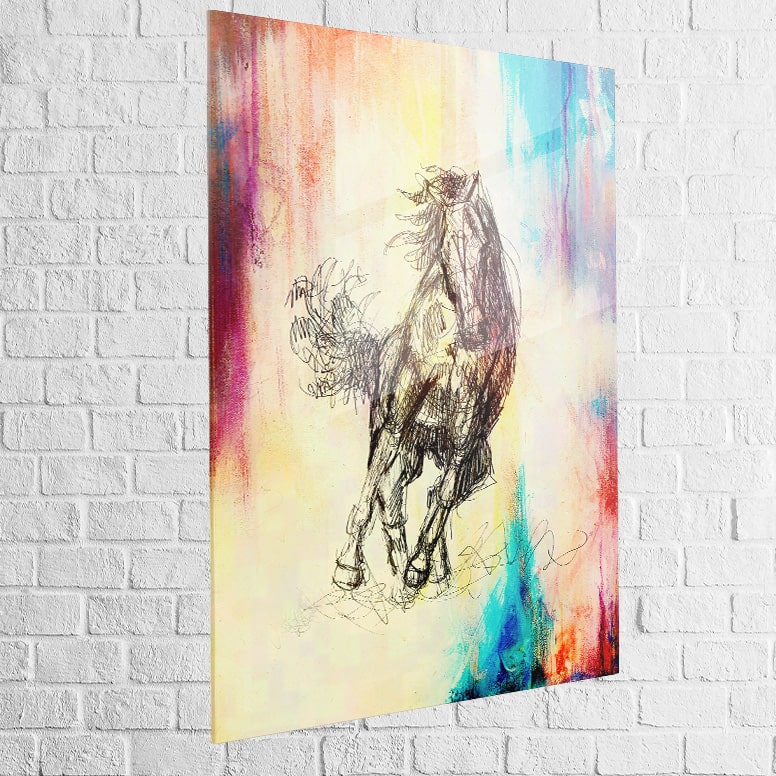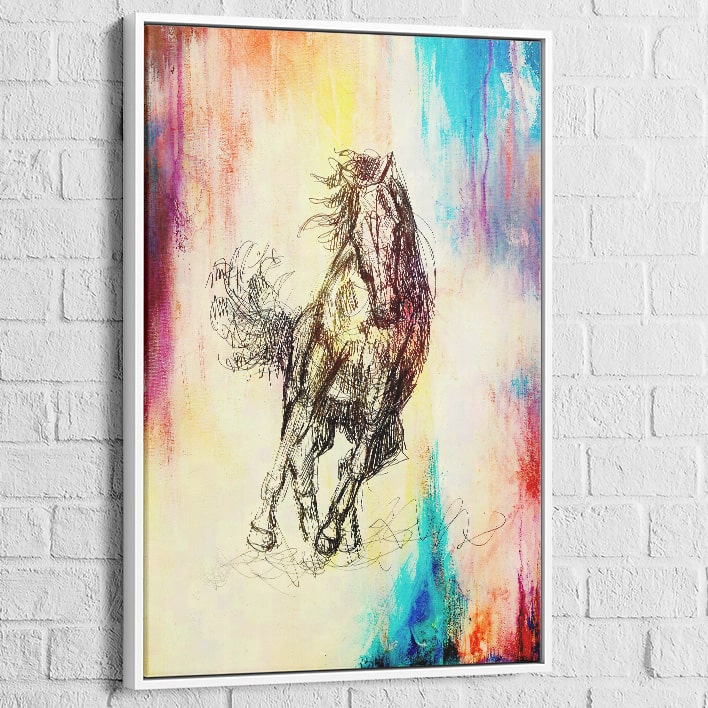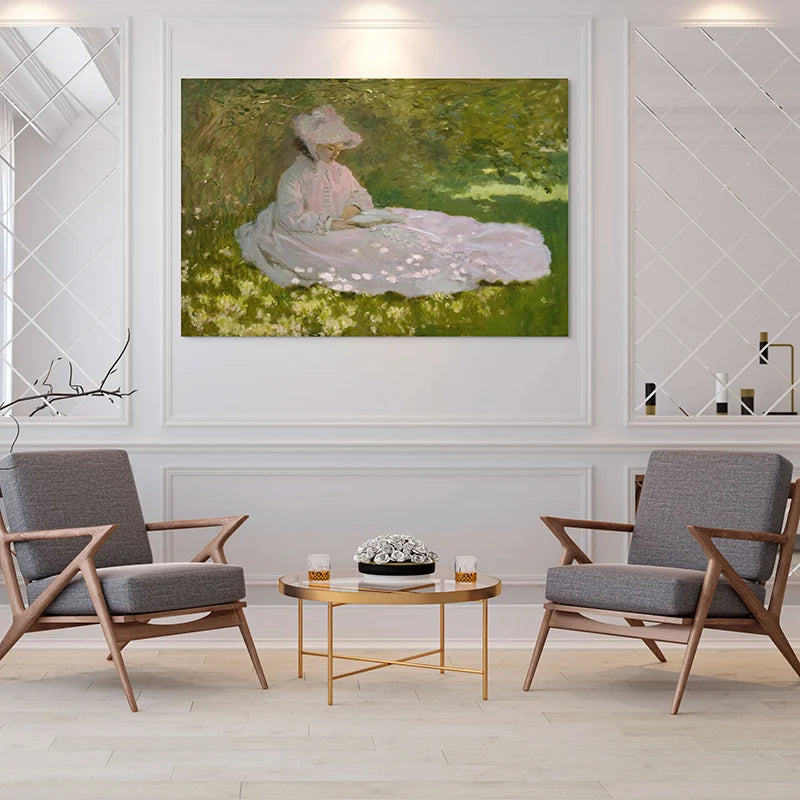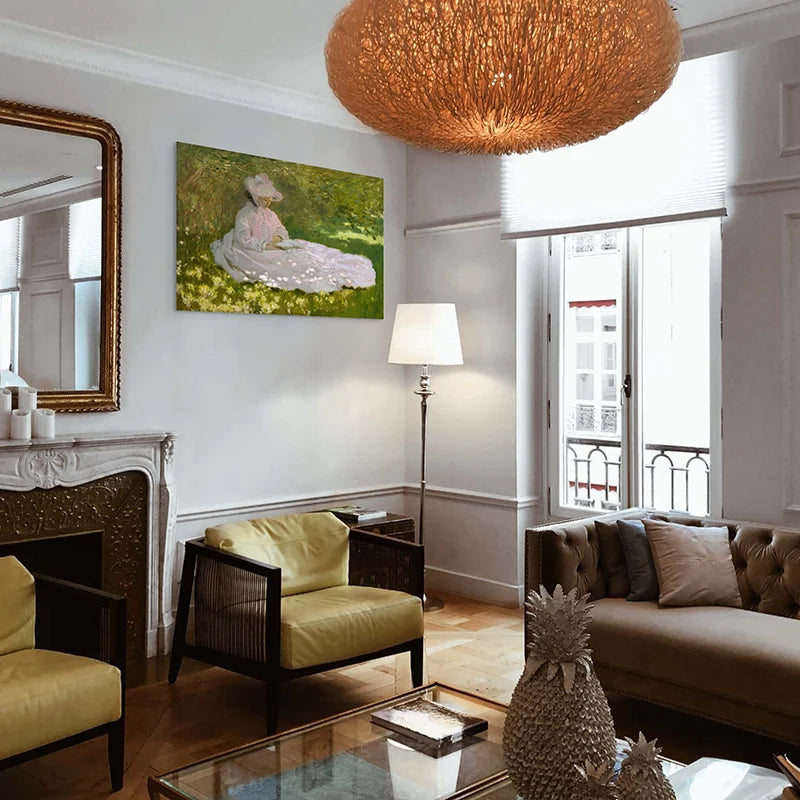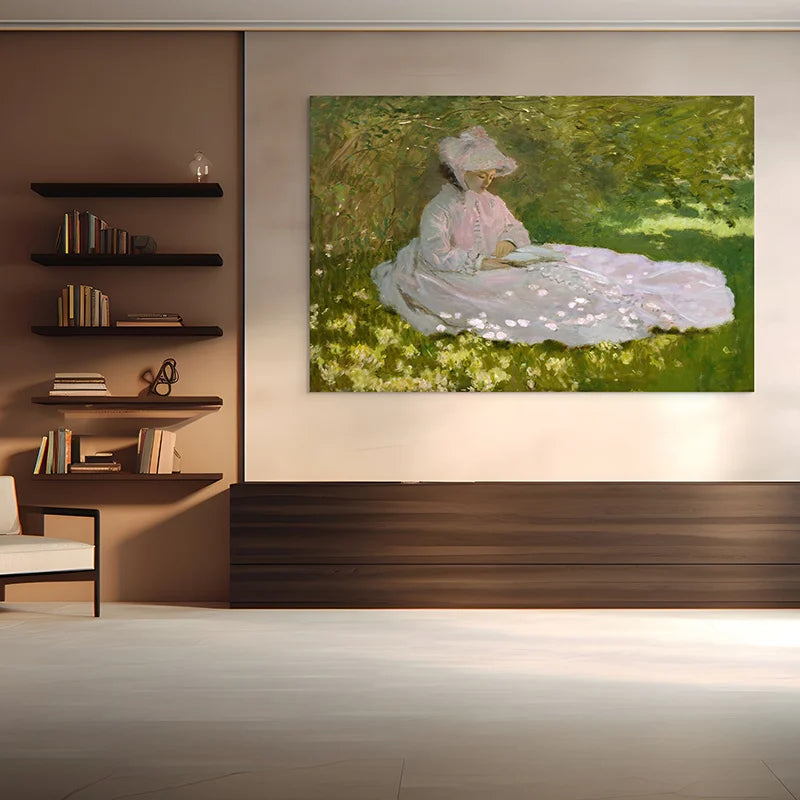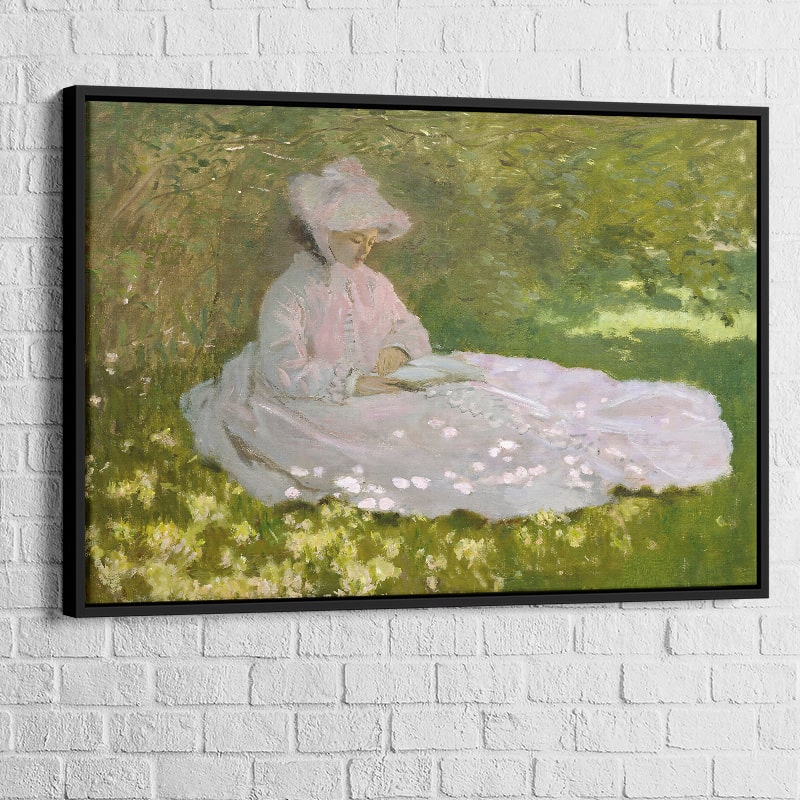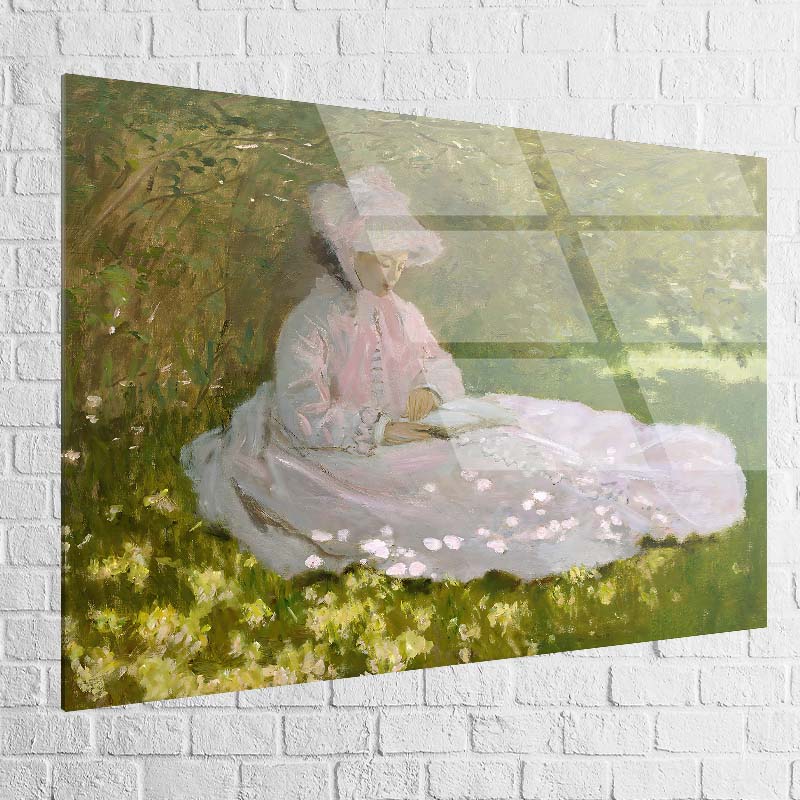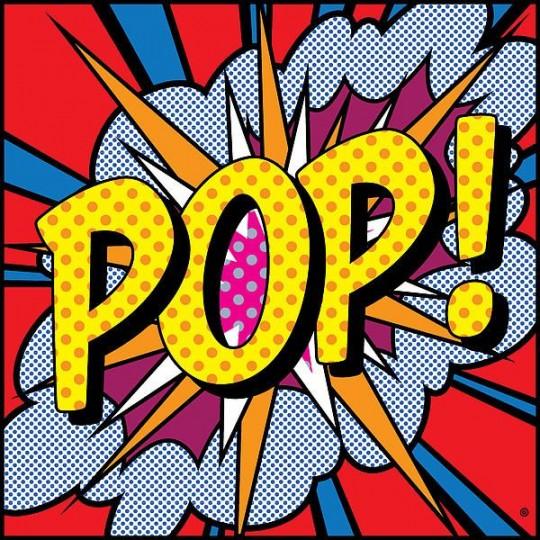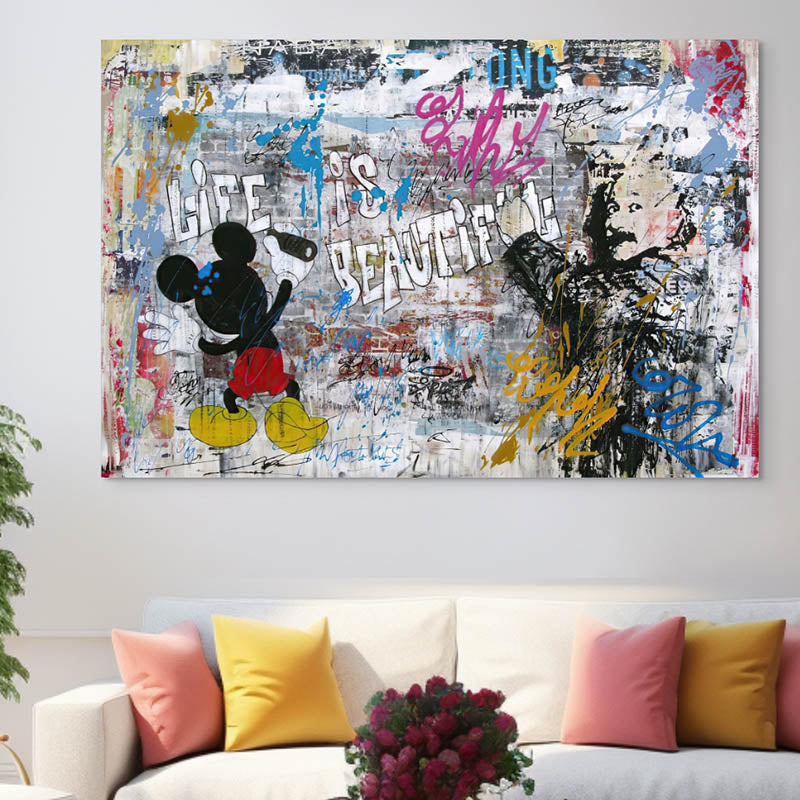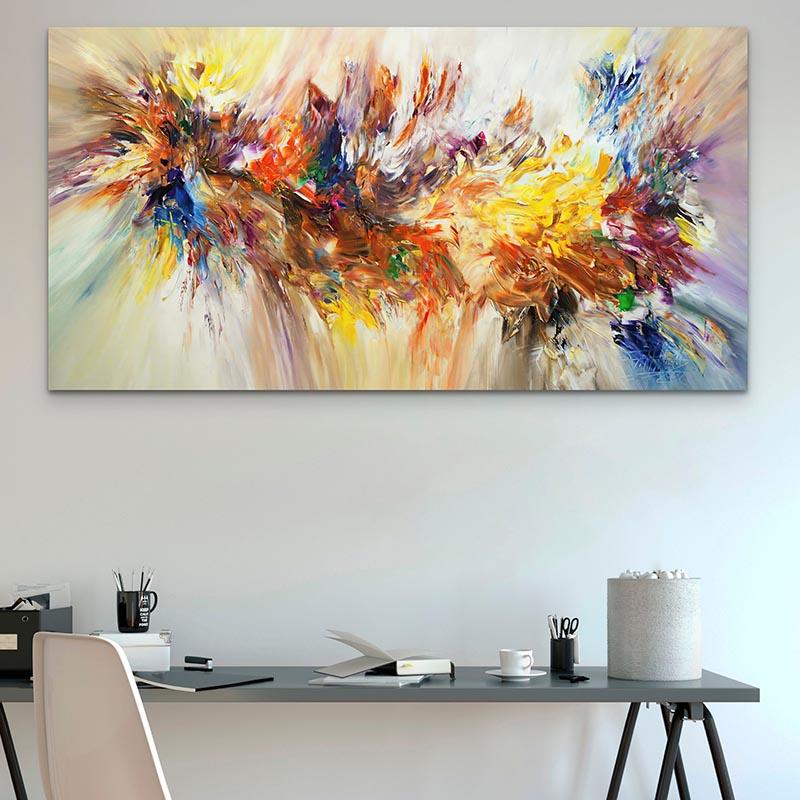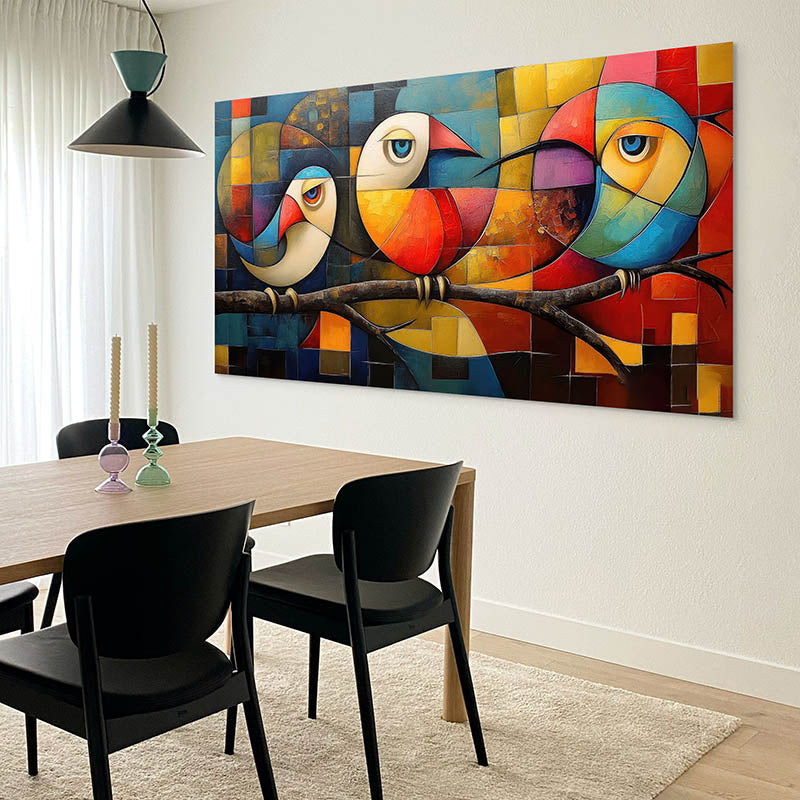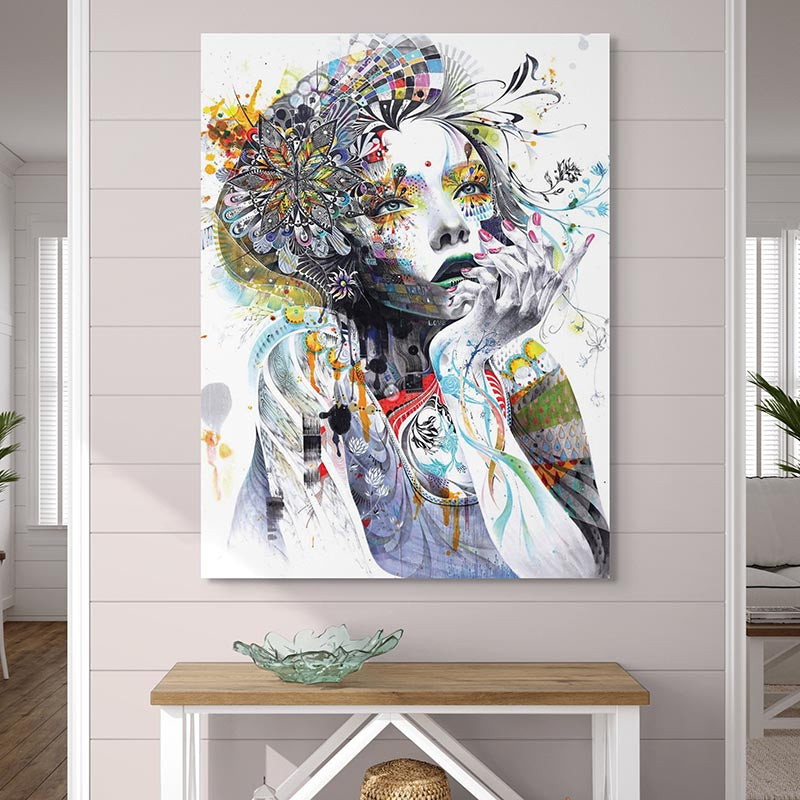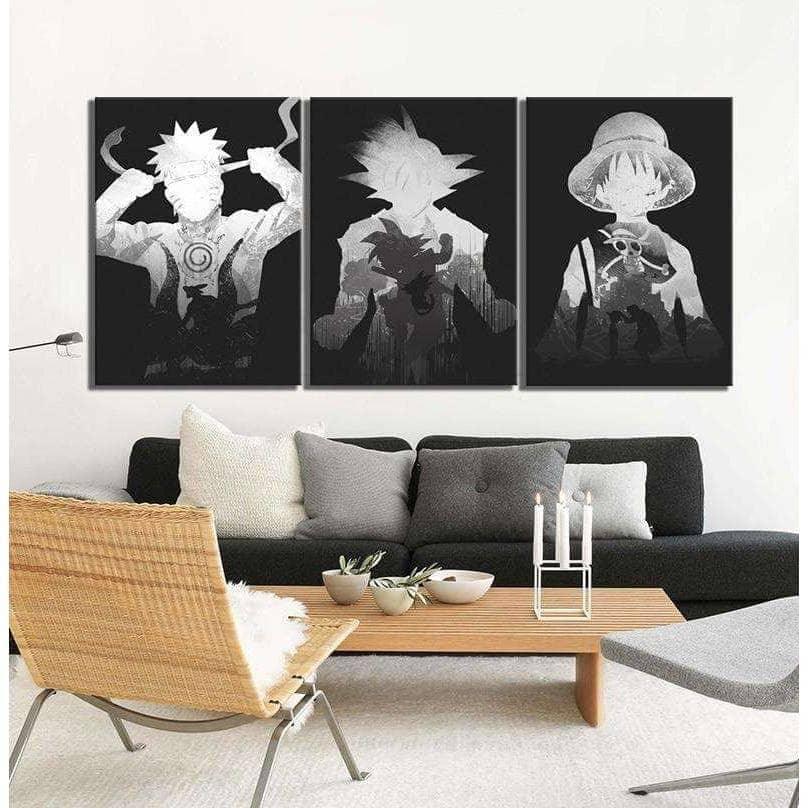What is Pop Art?
Are you an art lover or not? You have probably heard of Pop Art, but do you know what it is? If you answered no, this article is for you! Today we are going to talk exclusively about Pop Art: its definition, its influence, etc.Pop Art is one of the most popular art movements of the 1950s. It was first created in Britain, but quickly spread around the world. Many artists continue to perpetuate it today.
But what exactly is it? To answer this question, we will look at the following:
- Pop art defines itself
- The History of Pop Art
- Pop art was influenced by trends
- Pop art has certain characteristics
- The great icons of pop art
This article will help you understand this universe better and discover its true meaning.
I) Pop art: What is it?
Art has been around for thousands of years and is an integral part of our lives. It guides us, cradles us, and allows us to express ourselves freely without being oppressed. Art, like any movement, has evolved over time. We have experienced naturalism and futurism, mannerism, futurism, and expressionism. While most of these movements were short-lived, some have survived for decades. Pop art is one example. But what exactly is pop art?
Pop art is etymologically derived from the English words "popular" and "art". Pop art is therefore the art of the majority, of the greatest number, and especially of the popular. It was created in the 1950s, when all media began to flourish on the planet. This era was dominated by advertising, comics, science fiction, celebrity and cinema. Pop art seeks to depict them through images and canvases.
II) Pop Art: how did it appear?
In the 1950s, Pop Art was born in England. The world was just emerging from World War II. The war had a profound impact on the English and created a desire for freedom, especially among young people. Many artists sought to express this desire through paintings that were inspired by the most popular events of the time. Pop Art was born from this!
Because it was innovative and easily accessible, the concept immediately appealed to the masses. The art world was largely reserved for the elite, the bourgeoisie and the upper classes. Pop art allowed the middle class and the poorest people to express themselves through pop art.
In 1952, some of the most prominent pop artists, such as Richard Hamilton and Eduardo Paolozzi, founded the "Independent Group", an association dedicated exclusively to the promotion and dissemination of pop art. They met regularly to discuss this art and find further innovations.
Although Pop Art began with an interest in English mass culture, it quickly turned to the United States in 1956. Many artists were amazed by American culture. In this country, there were more artists, such as Andy Warhol, who was the pioneer of Pop Art, and Roy Lichtenstein, who is best known for his science fiction and comic strips.
Pop art flourished not only in America and Europe, but throughout the world. Artists appeared all over the planet, including in Japan, Russia, and elsewhere. Pop art exhibitions and events multiplied over the years.It is now considered a form of elegant art and no longer a form of urban folk art.
III) Pop Art: What artistic movements does it draw inspiration from?
Pop Art is a unique movement. However, it has been influenced and influenced by many other artistic movements. Examples include Dadaism and Expressionism.
Expressionism, which is an art that translates aspects of reality into dynamic figures, is a reminder of what it means. This movement was created by a group of painters called Die Brucke in the early 20th century. Because they both depict real-life events, they have had a huge influence on pop art culture. They also share a similar drawing style. Pop art artists like to draw on a large scale, much like expressionism.
Dadaism is a new movement that emerged in the early 20th century. While most art movements tend not to express the beauty of nature, of the world in all its forms, Dadaism tends to question this beauty or destroy it. All ideological, aesthetic and political conventions are challenged in the Dada movement.
To understand the truth, one must question established norms. Pop art has a lot in common with this movement, as it is bold and provocative. Pop art is not afraid to change reality. However, they have some differences. Pop art does not seek to destroy reality. It wants to create it in a different way, which is contrary to the principles of Dadaism.
Pop art was not only inspired by artistic trends but also by consumer society. The 1950s saw a strong popularization. This had a profound impact on people's daily lives. People tended to refer to what they saw on television. The media became a standard to follow. This notoriety was used by product manufacturers to promote their products. Consumption exploded thanks to numerous advertisements, even if it encouraged waste. Pop art aims to express this modern experience of consumption.
Pop art coincided with the pop music movements of the 60s and 50s. This culture was absorbed by many artists and transformed into art by many painters. Portraits of celebrities are common in the works of great artists of the past. Andy Warhol's portrait of Marilyn Monroe is one example.
IV) Pop Art: What are its characteristics?
Pop art is often dismissed as a boring work that lacks creativity. However, it has attracted millions of viewers around the world. Its simplicity and normality are the reasons for its popularity. It simply reflects everyday life. It gives you the latest news, the most popular trends and how people experience it. It is also a great way for you to add some color to your interior. Lofty Trend aims to achieve this goal through our Pop Art creations.
It is therefore not surprising that the painting is a drawing of a simple Campbell's or Coca-Cola can. These were ideal representations of the lifestyle of the time. Pop art is not always easy to grasp, even if it may seem simple. These drawings contained deep messages and connotations, which were intended to provoke a reaction in the viewers. To attract the attention of art lovers, the drawings were also presented with more artistic aspects.
Pop art artists often used many colors in their paintings, which we also noticed. This is a reference to the vibrant and warm world of the movement.
Pop art painting was primarily based on collage and assemblage, a system that draws inspiration from surrealism and cubism. Many artists are known for cutting out magazine clips and pasting them onto a canvas along with other trendy elements.
Pop art was primarily focused on advertising products, television stars, movies, cartoon characters, fashion, and sometimes politics.
V) Pop Art: Who are the artists who popularized this art form?
Pop Art is a product of Eduardo Paolozzi. However, he is not the only one who popularized it. And he is far from being the best known in the field. Here are some great artists who influenced pop art.
Andy Warhol (1928-1987), born in Pittsburgh, is one of the most emblematic artists of pop art. His remarkable portraits, including that of Marilyn Monroe, are his best-known works. He also created the "Factory", a place of expression and consecration of pop art.
Roy Liechtenstein (1923-1997): It is impossible to talk about pop art without mentioning Roy Liechtenstein (photo above in black and white). His offbeat, almost supernatural works, which are more science fiction and representations of cartoon characters, are his best known.
Pauline Boty (1938-1966), : She is one of the few women to have been noticed for her pop art. She defended feminism and the beauty of women all her life.
Richard Hamilton (1922-2011). Richard Hamilton was one of the founders and partners of the "Independent Group". He played a key role in the development and flourishing of pop art. One of his best-known works is "Just what Is It That Makes Today's Homes Different and So Appealing", where he questions mass consumption.
This article will help you increase your knowledge about art, especially pop art. You will be able to discuss this art movement with your friends and family.
We hope to see you soon.
The team of Montableaudeco.com

